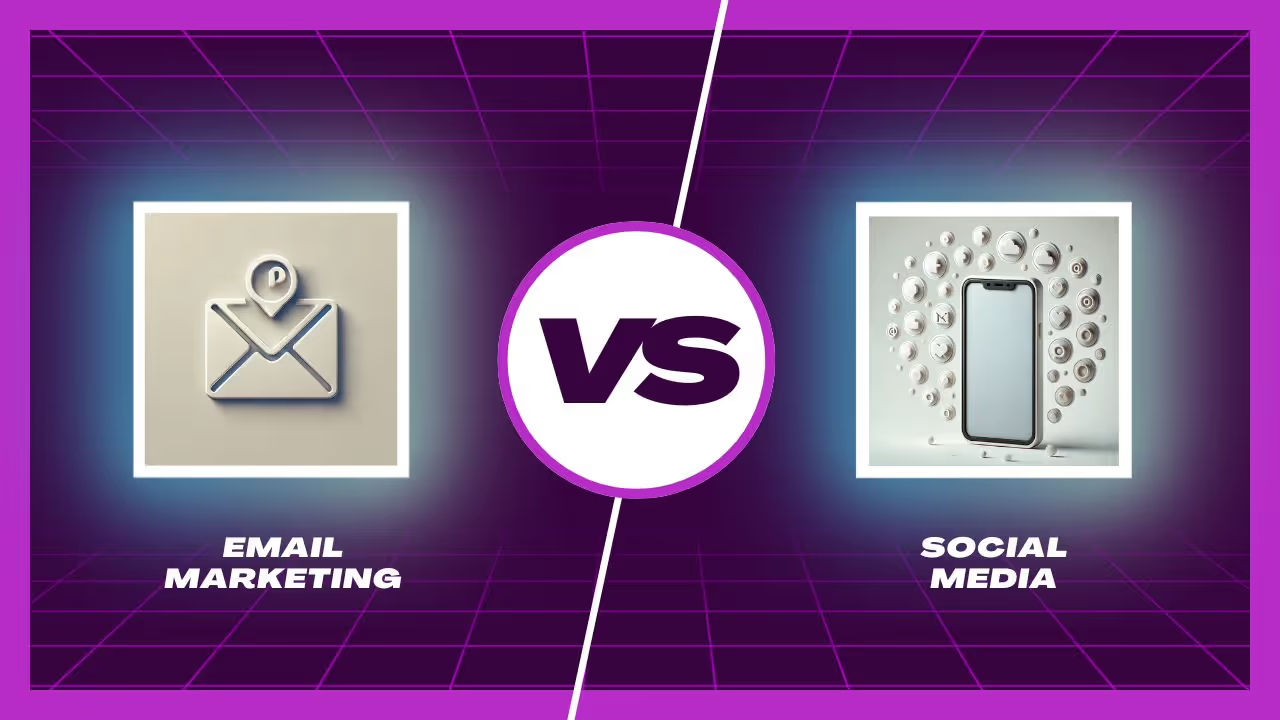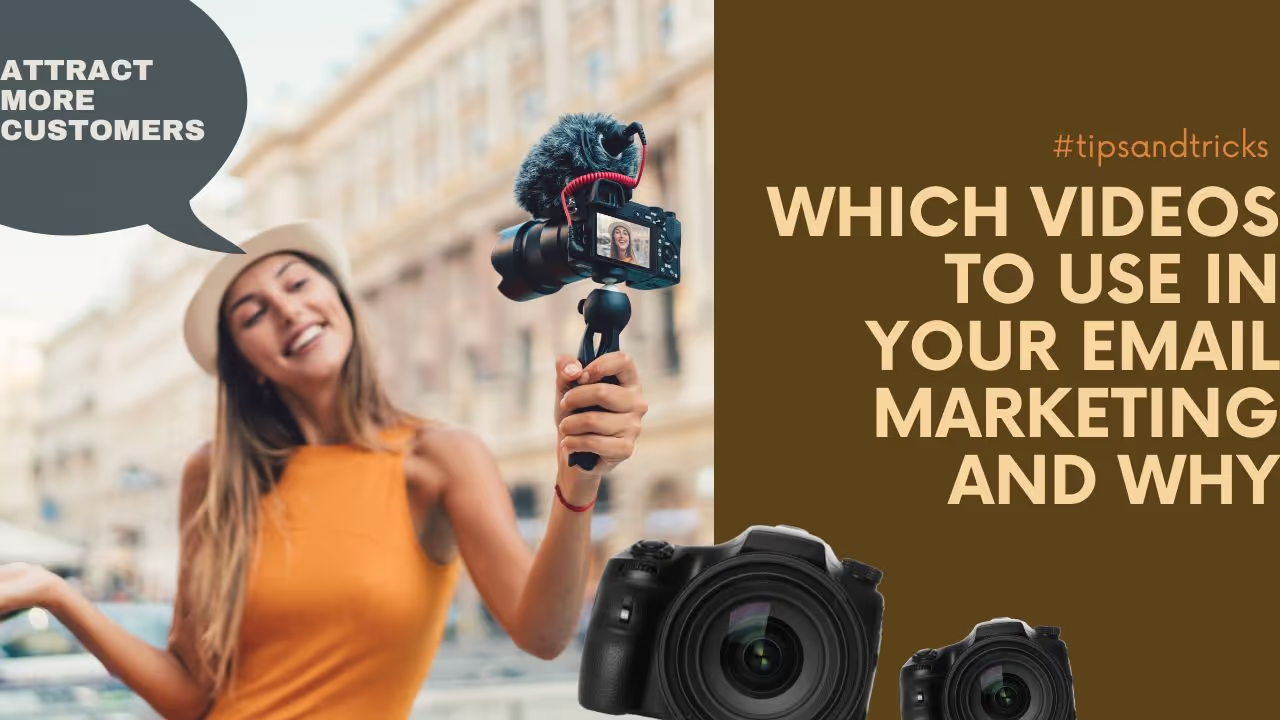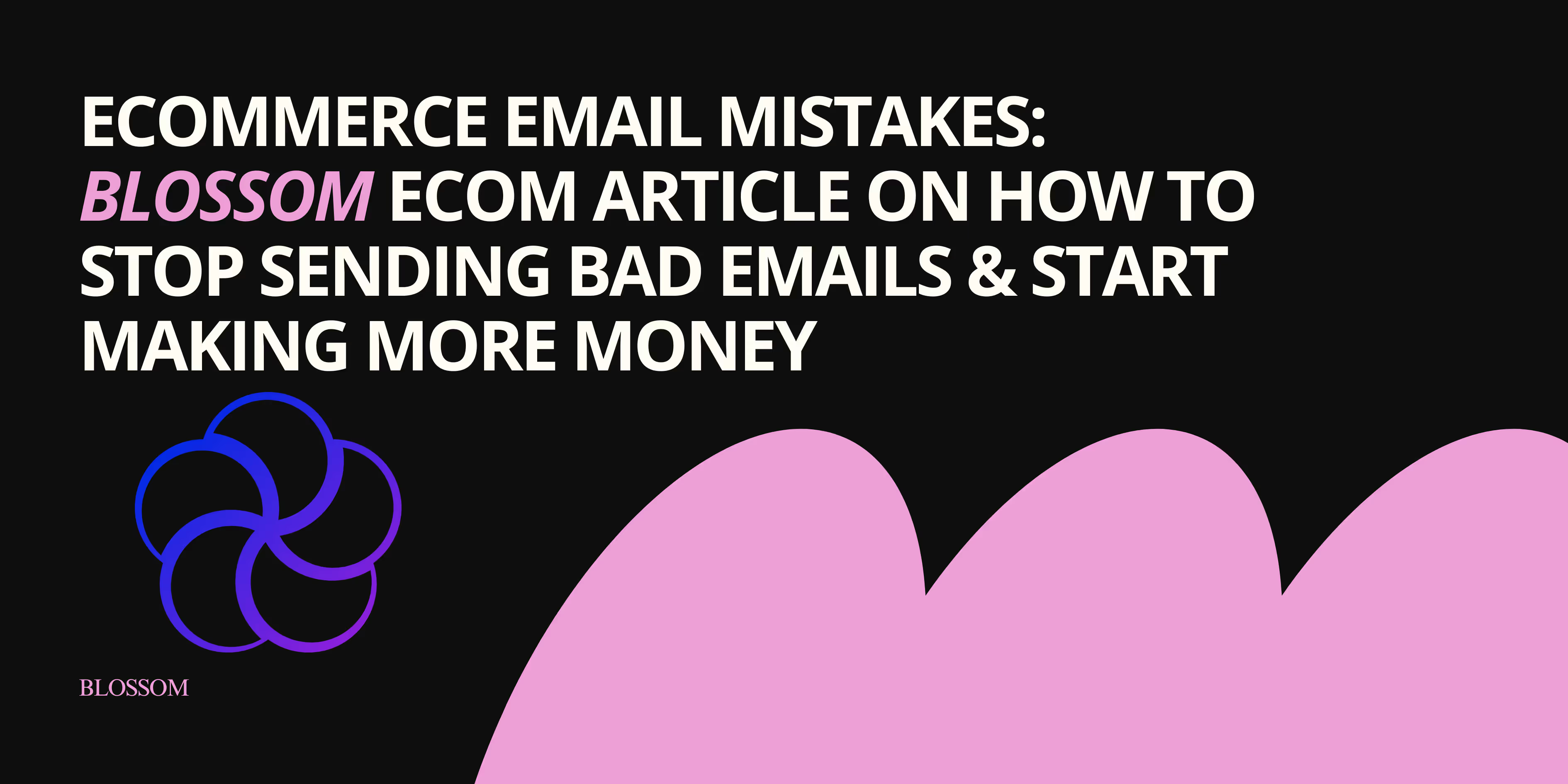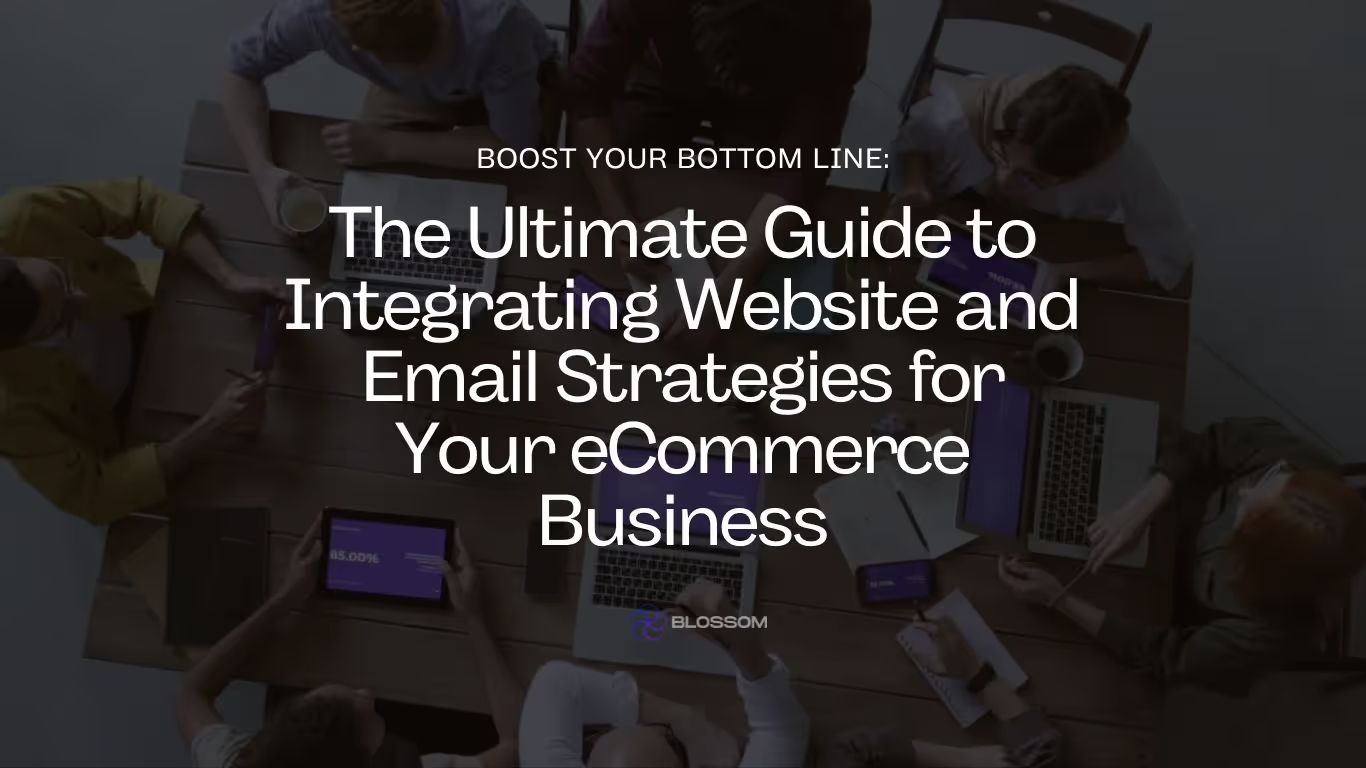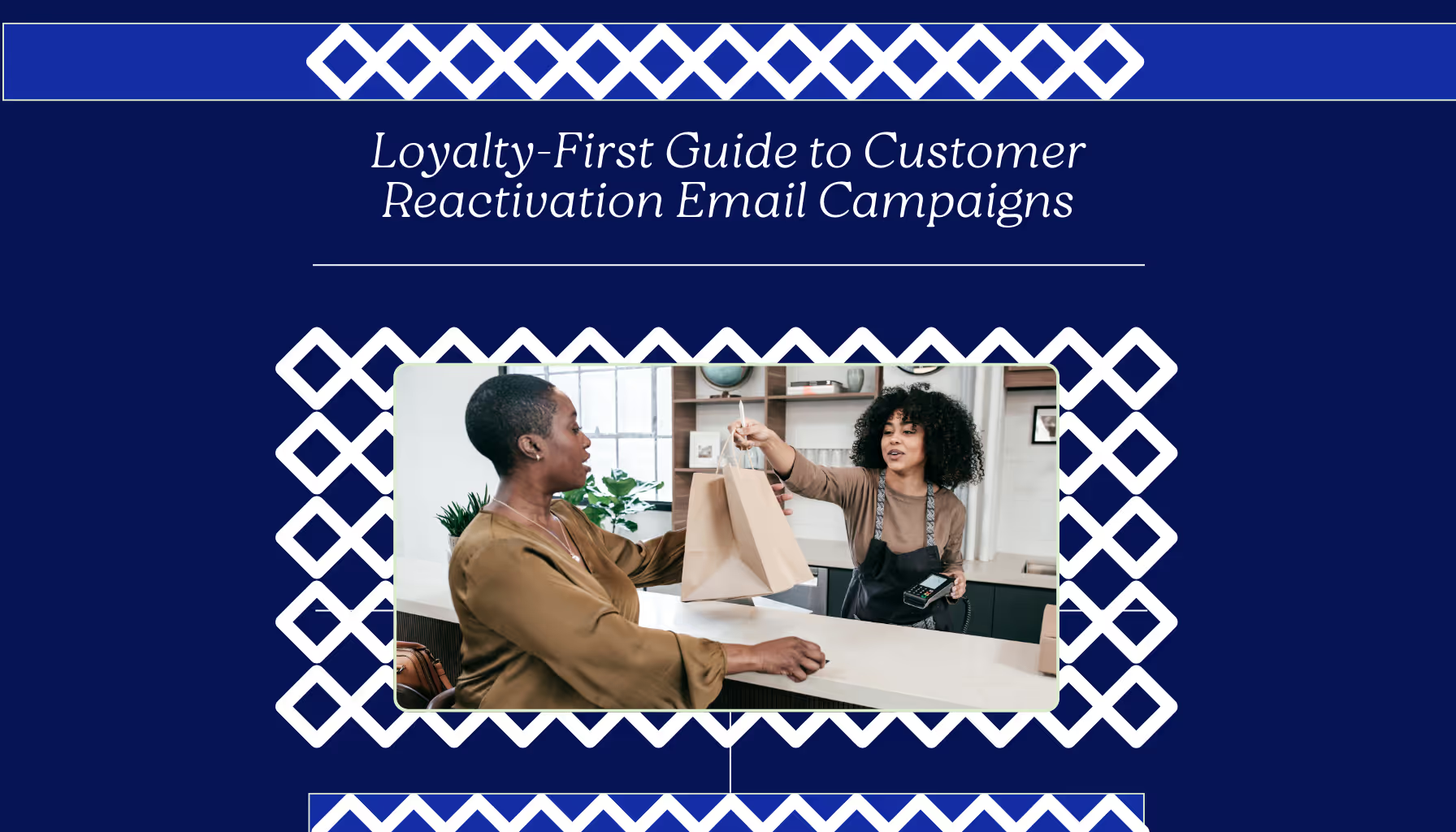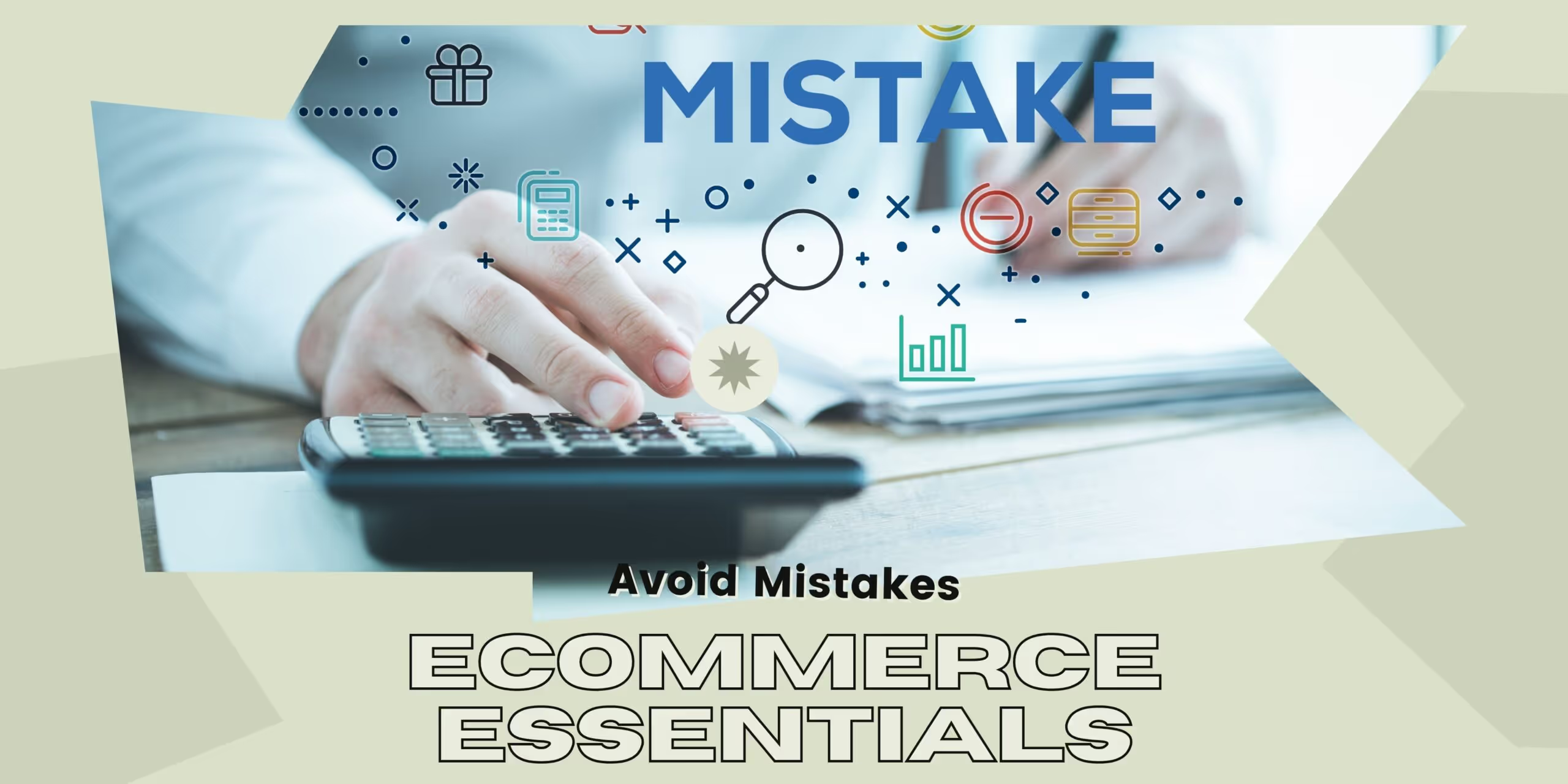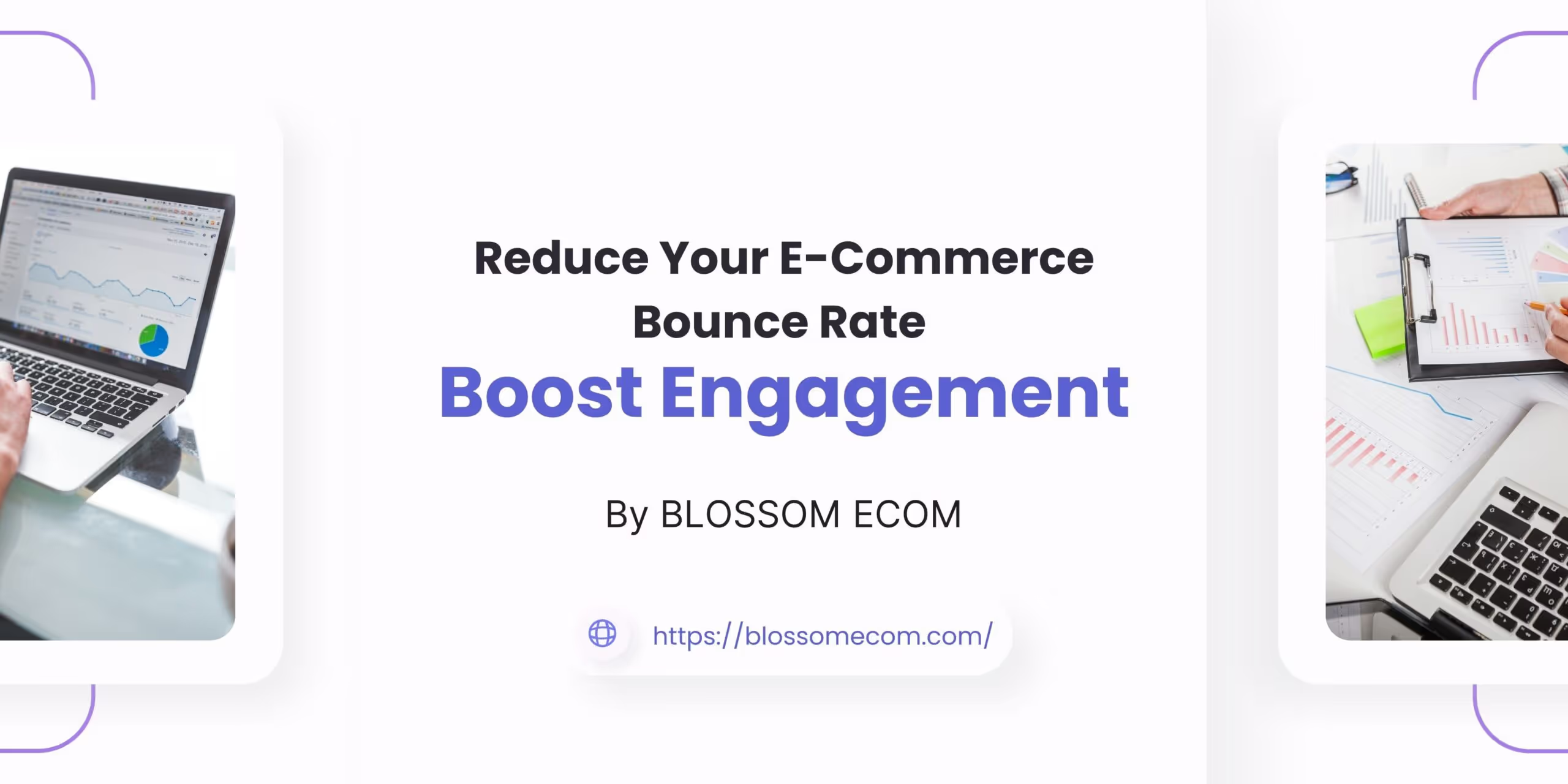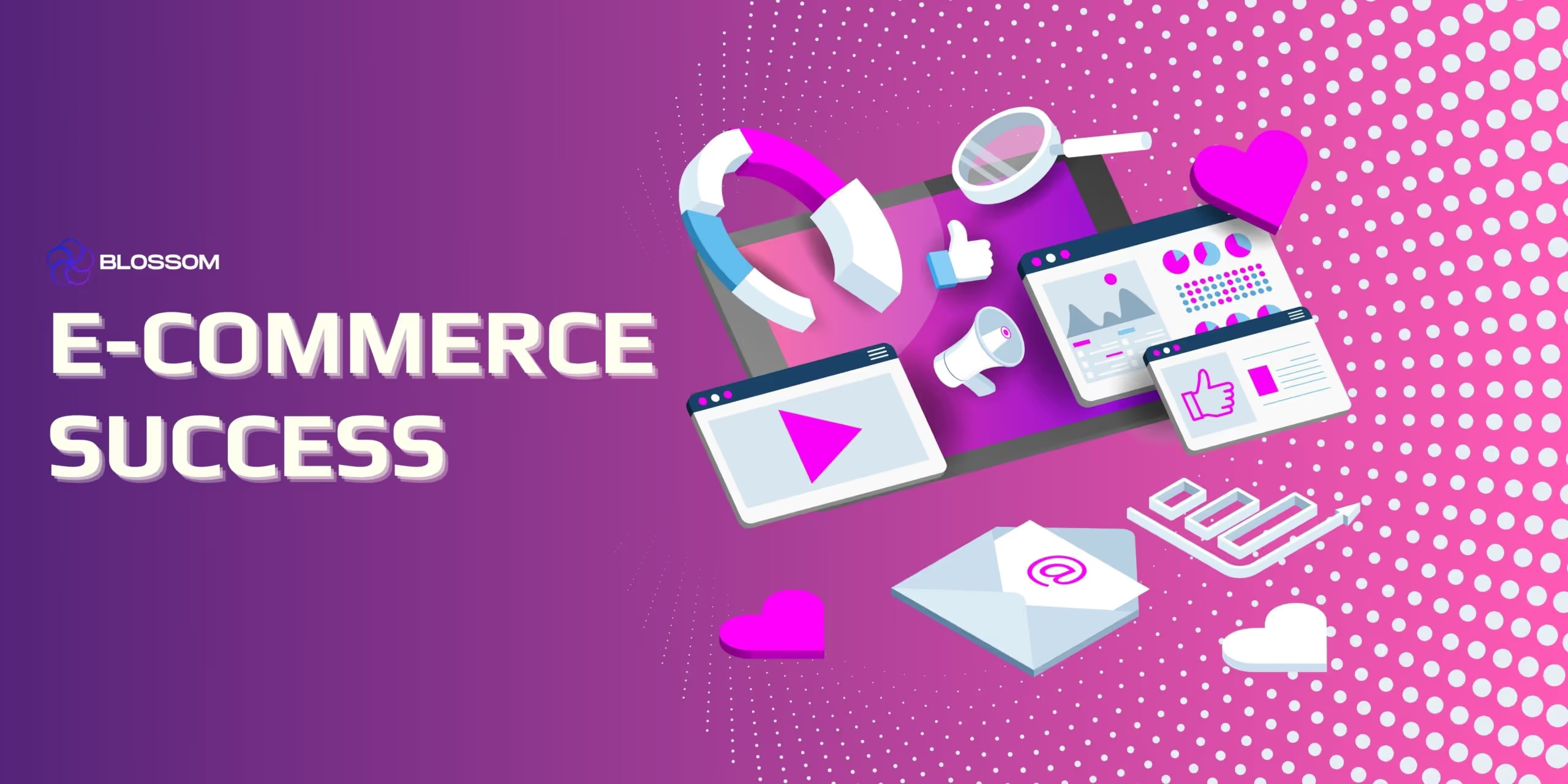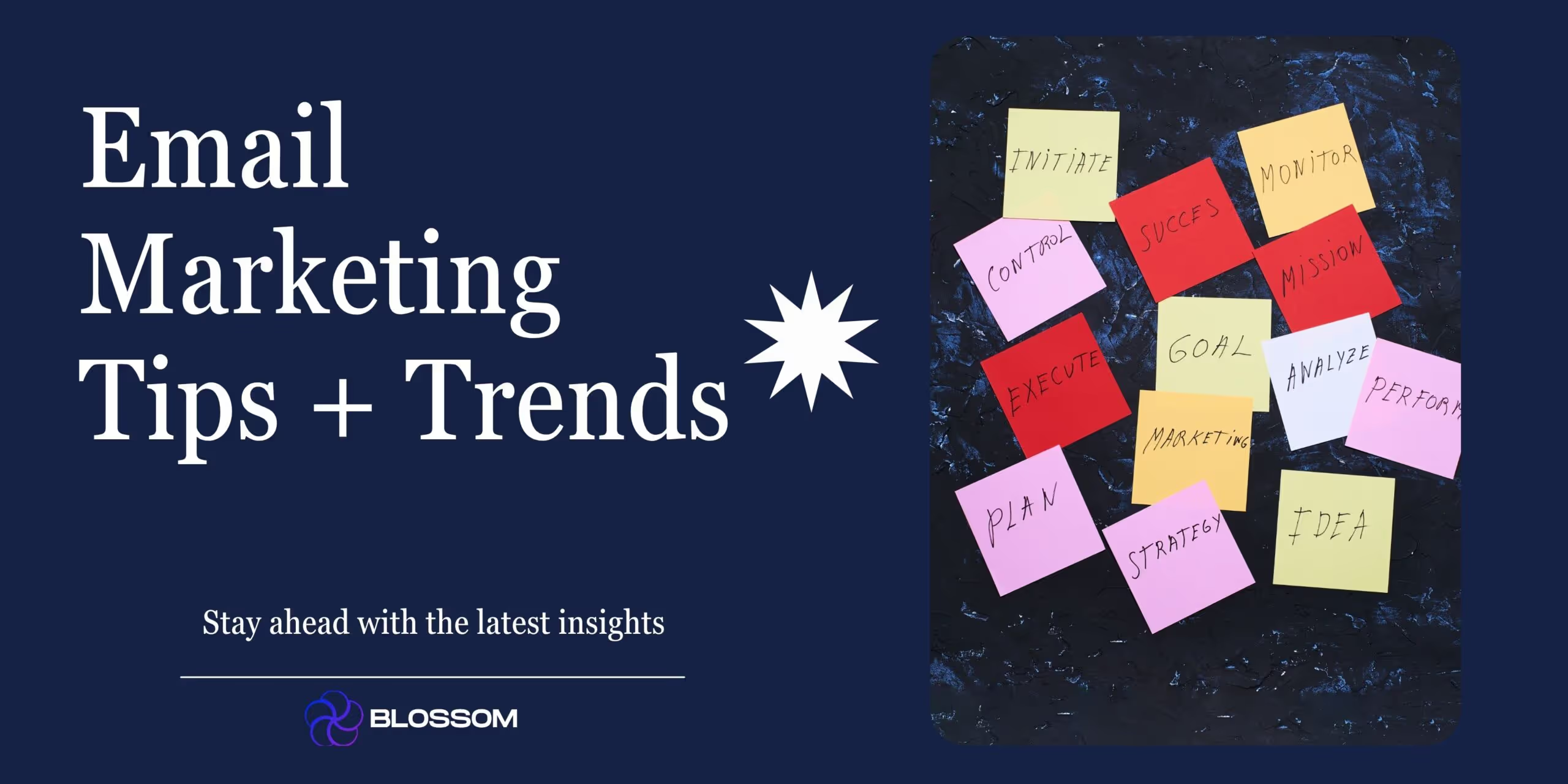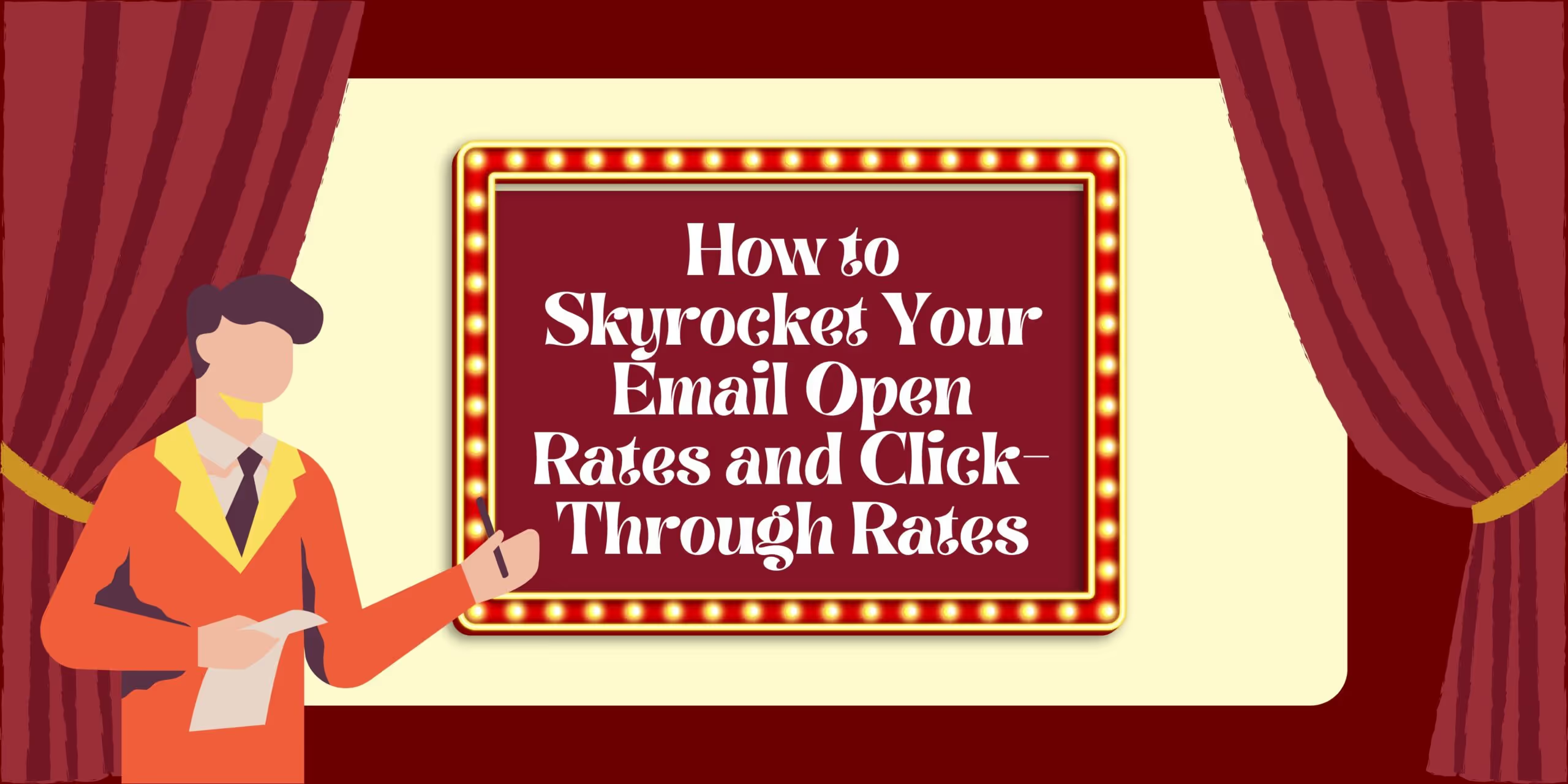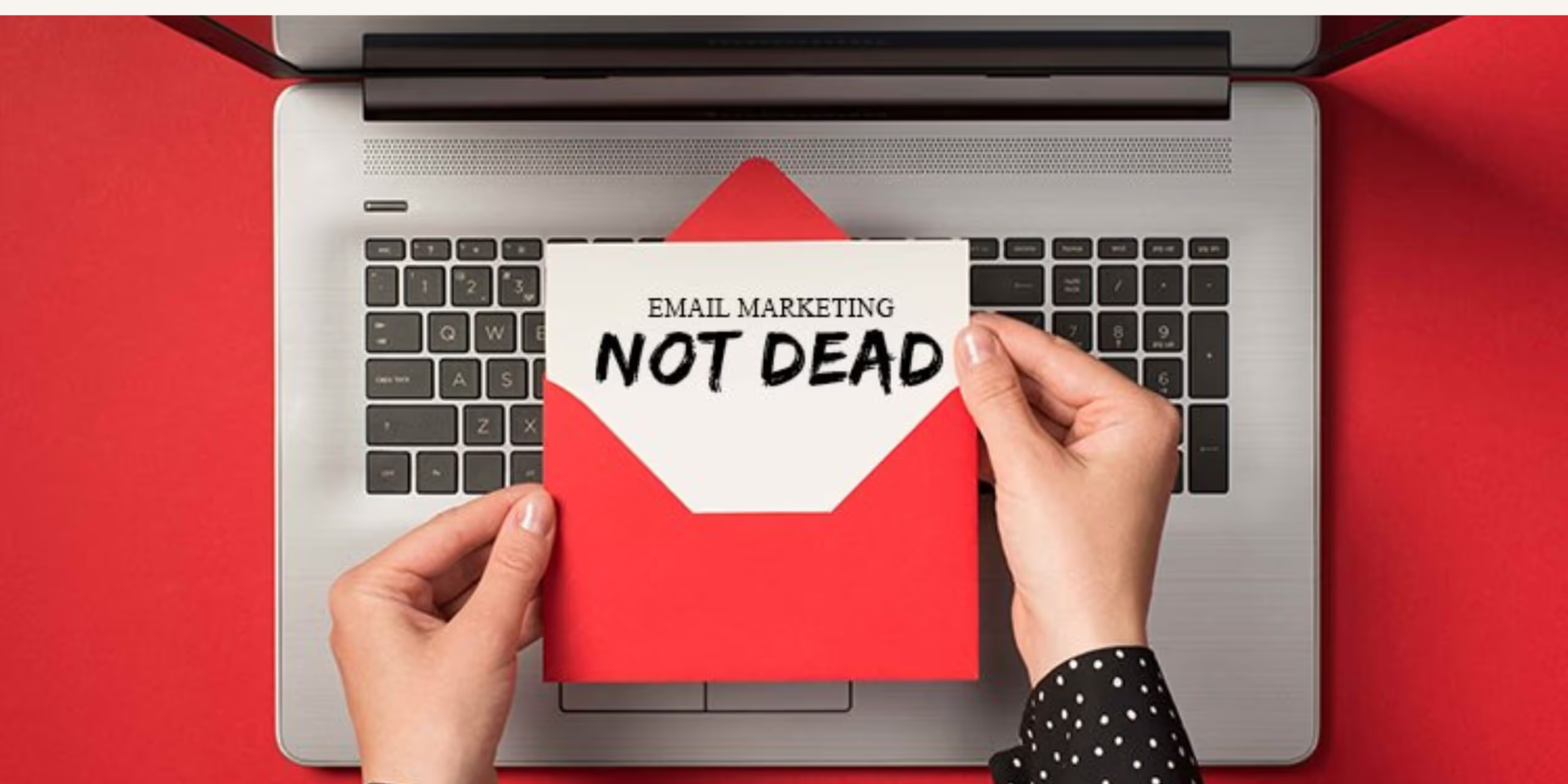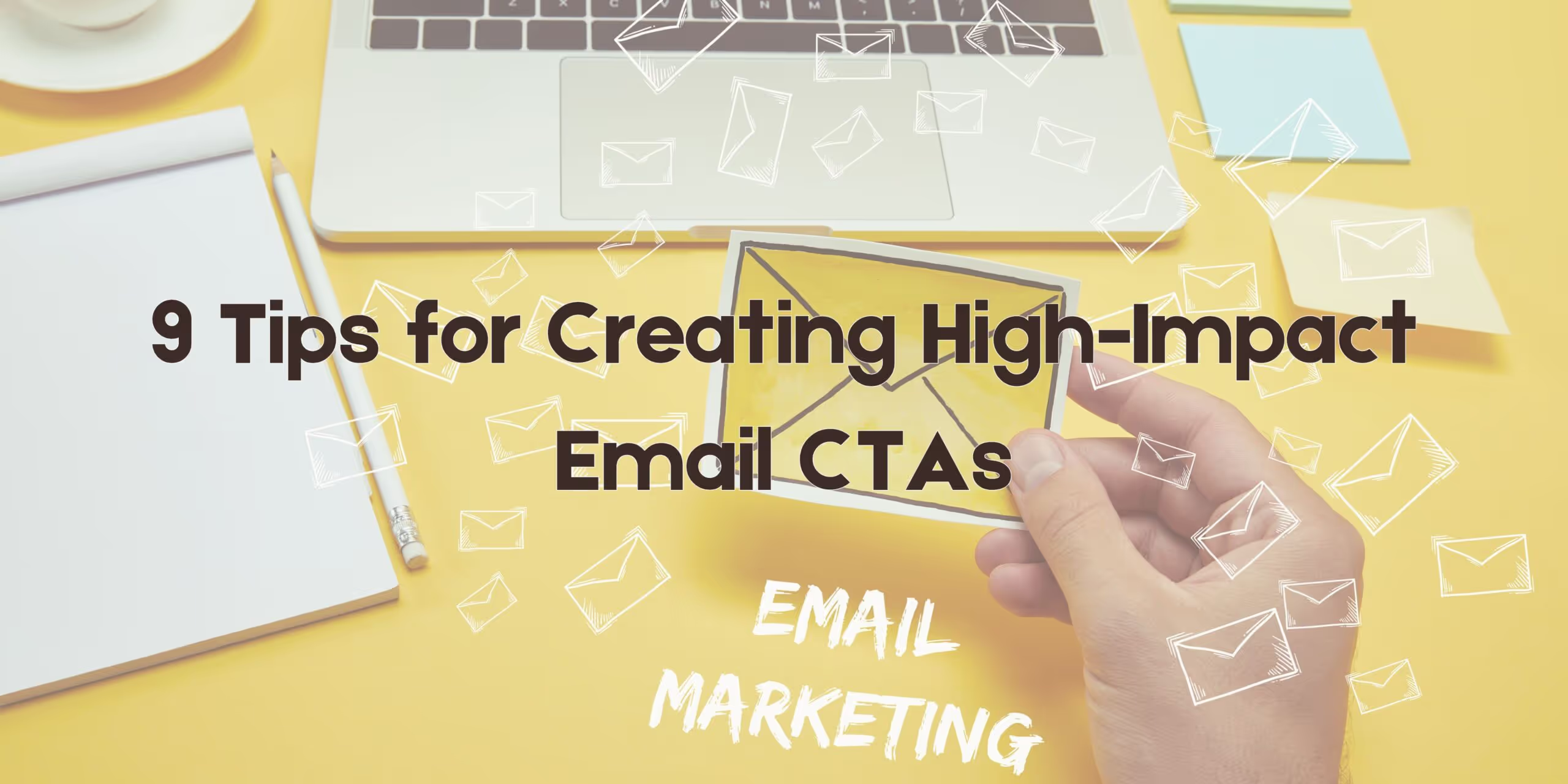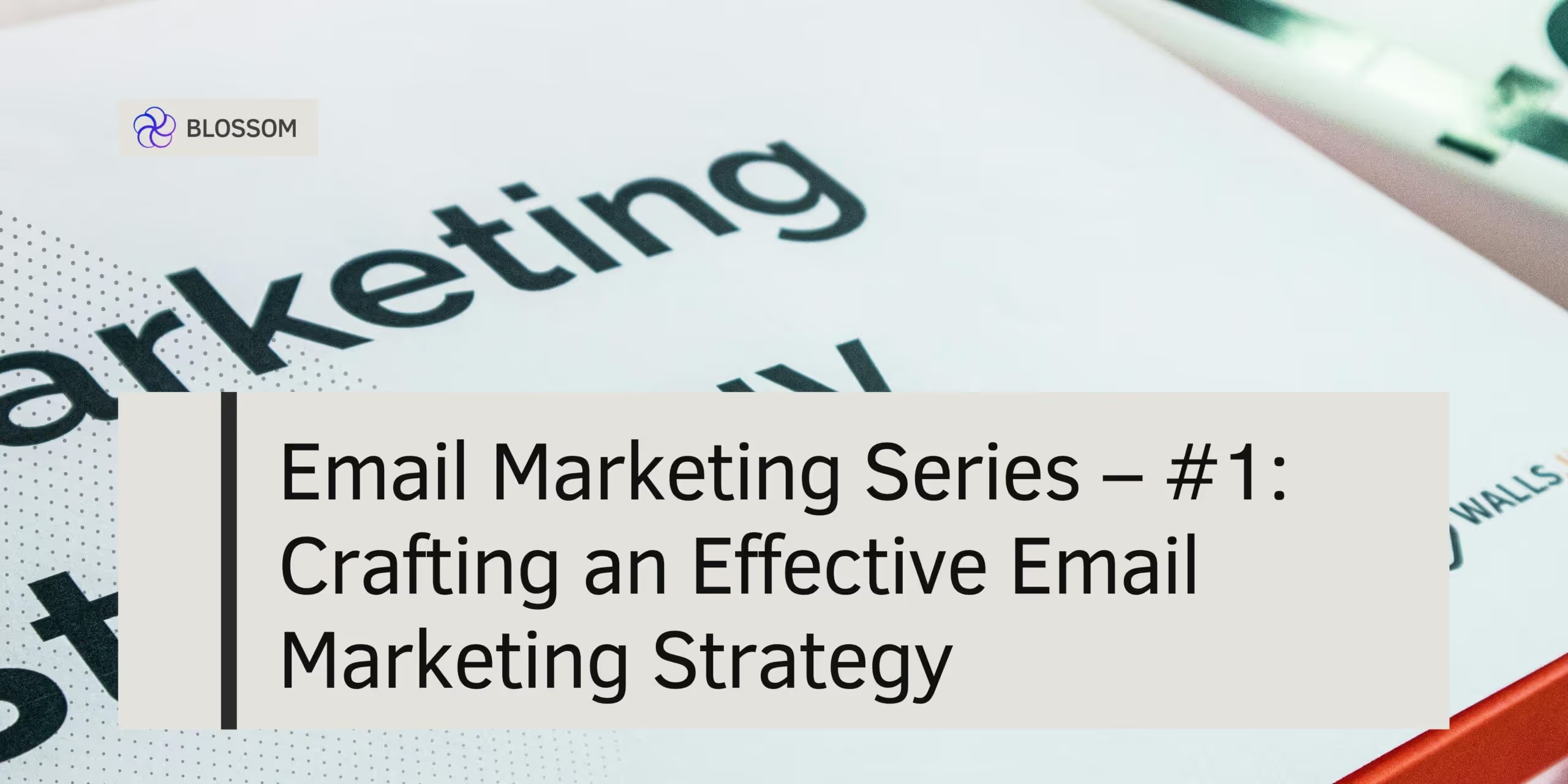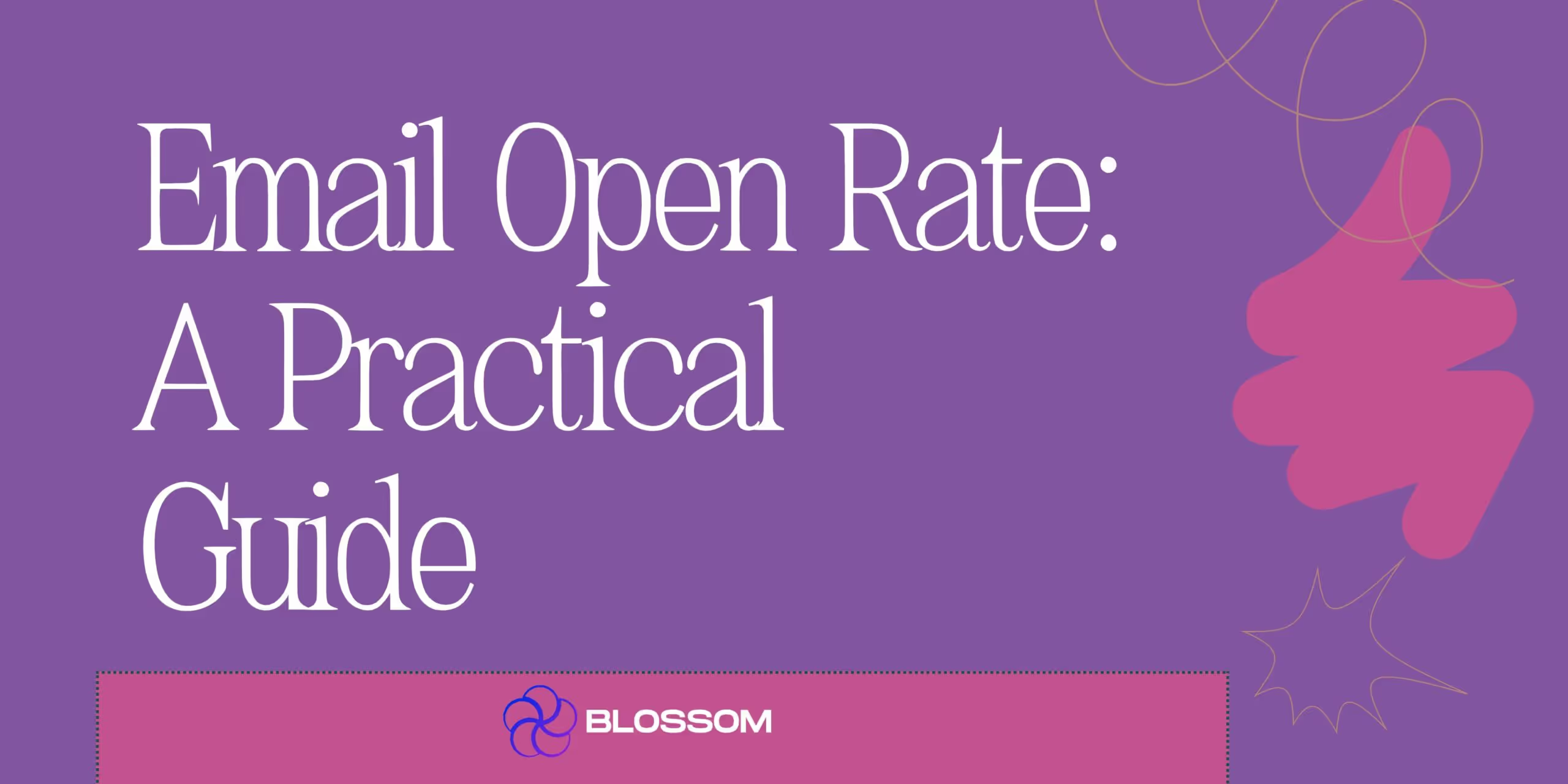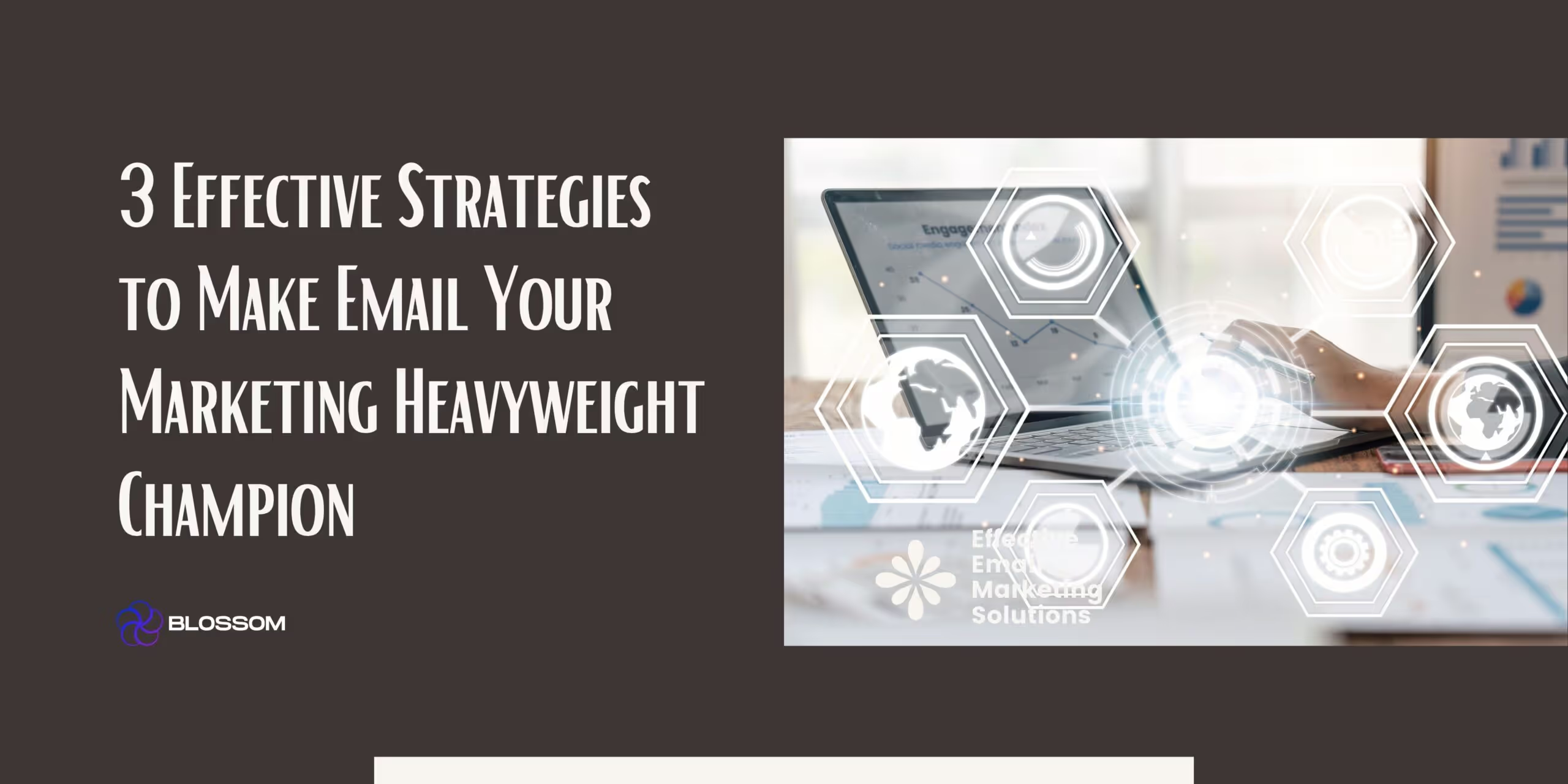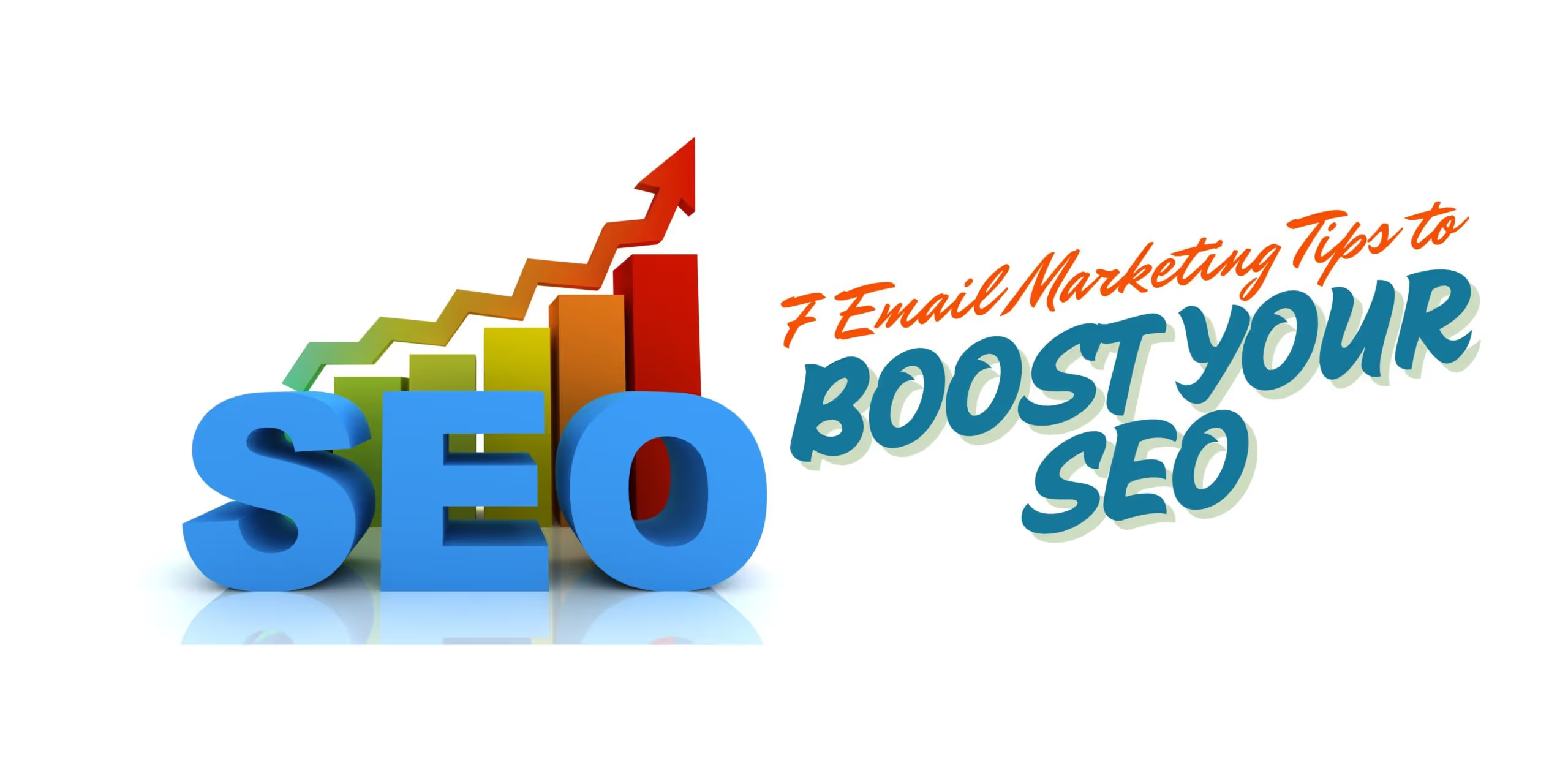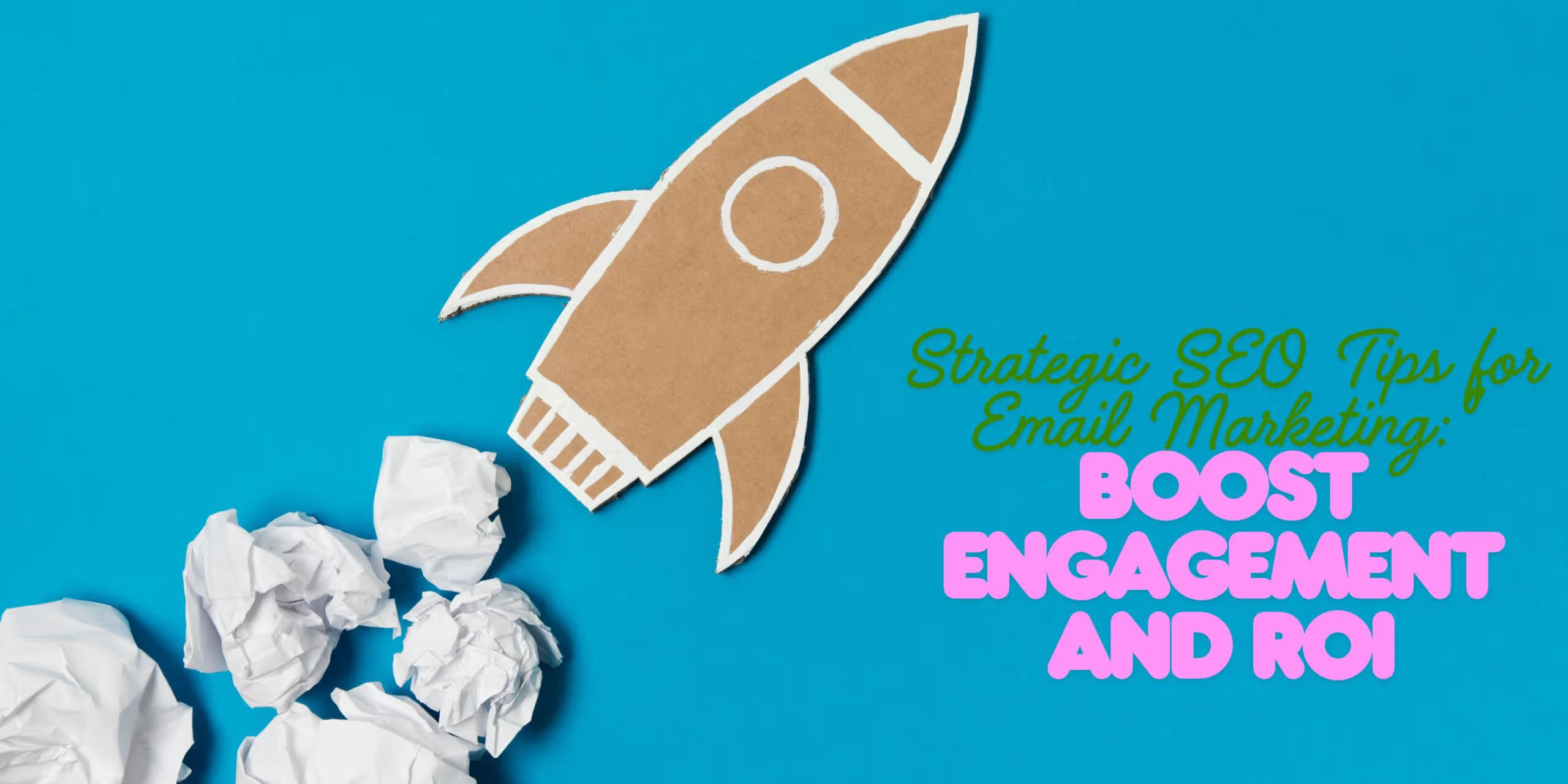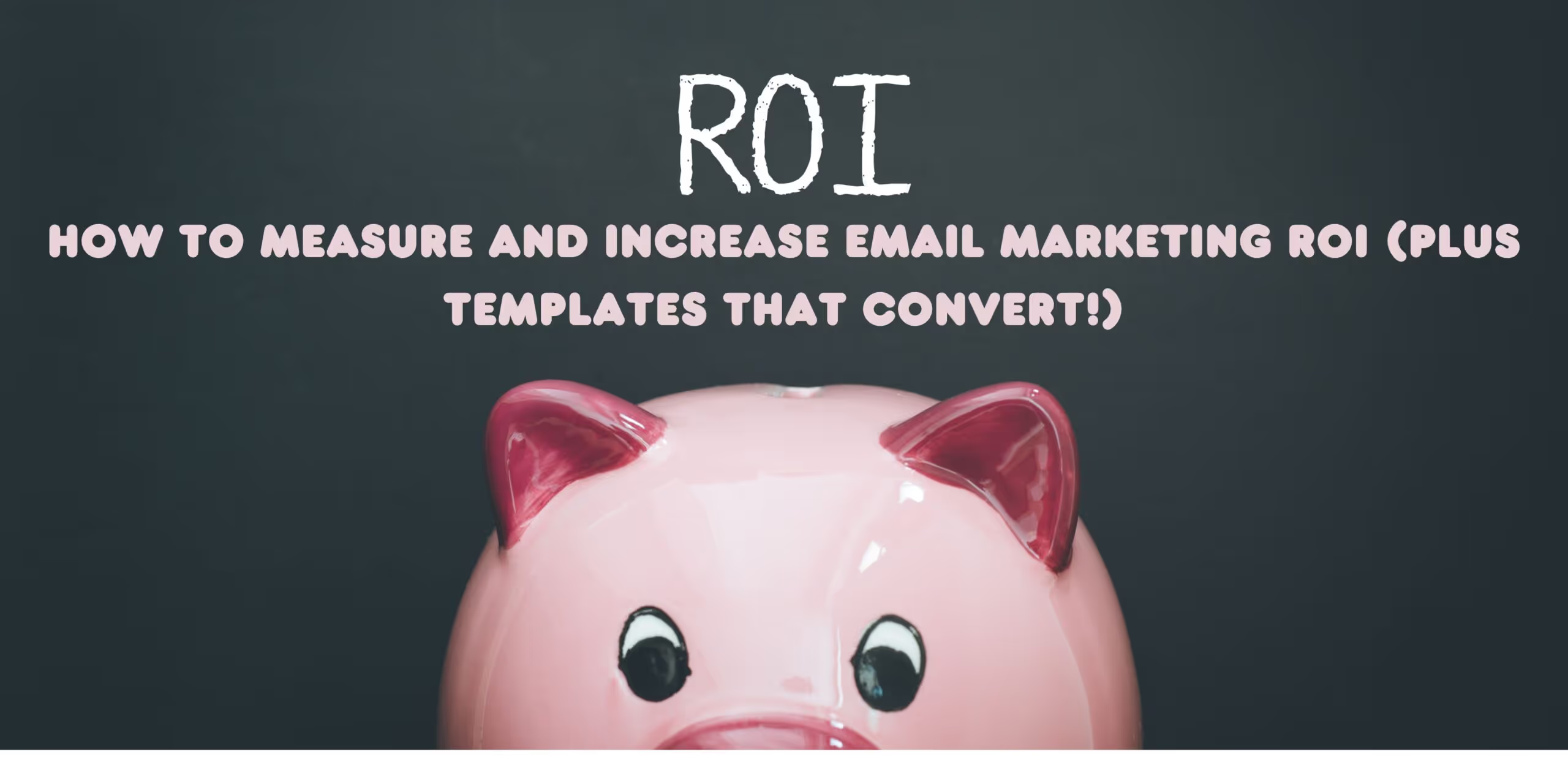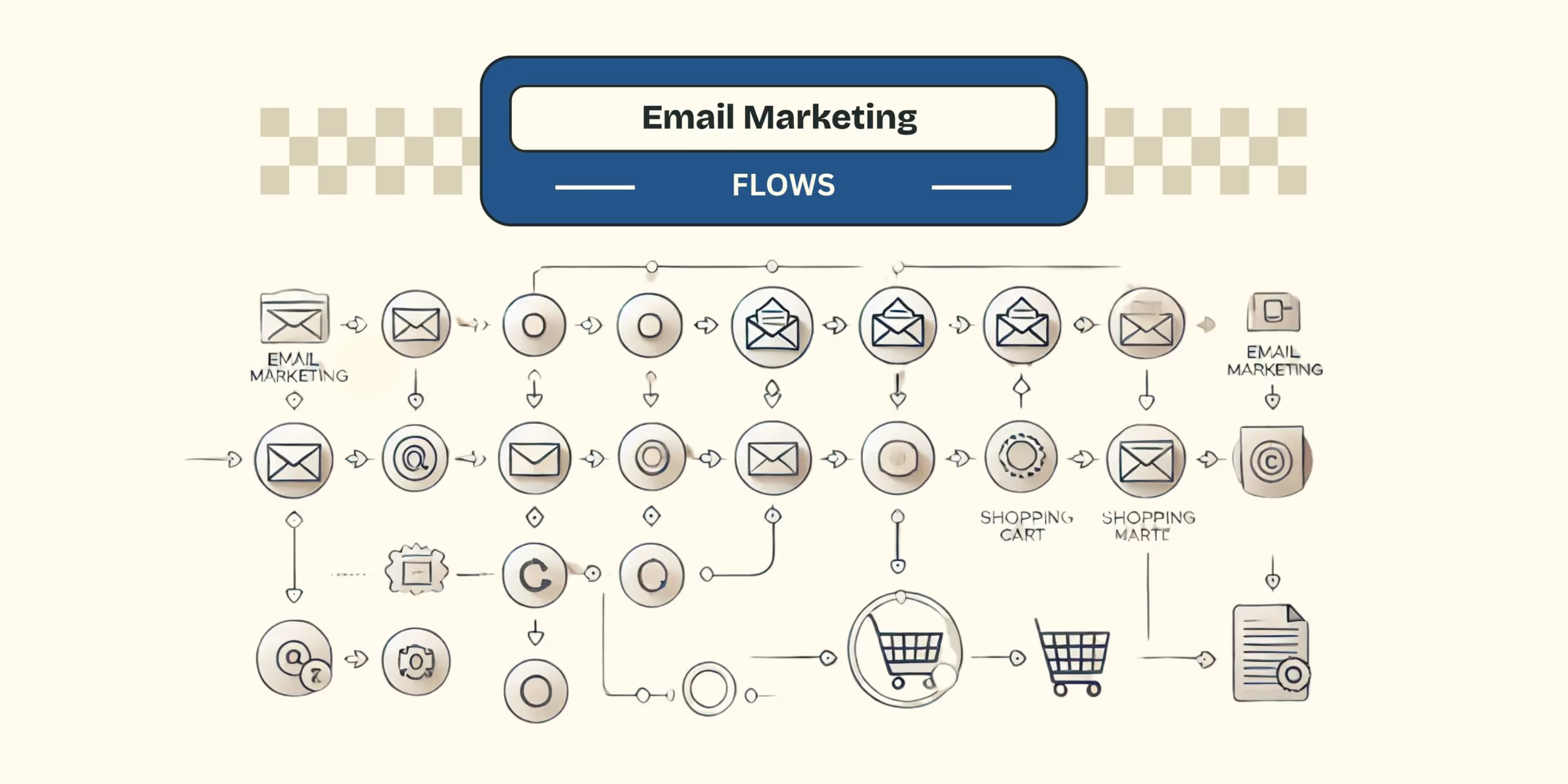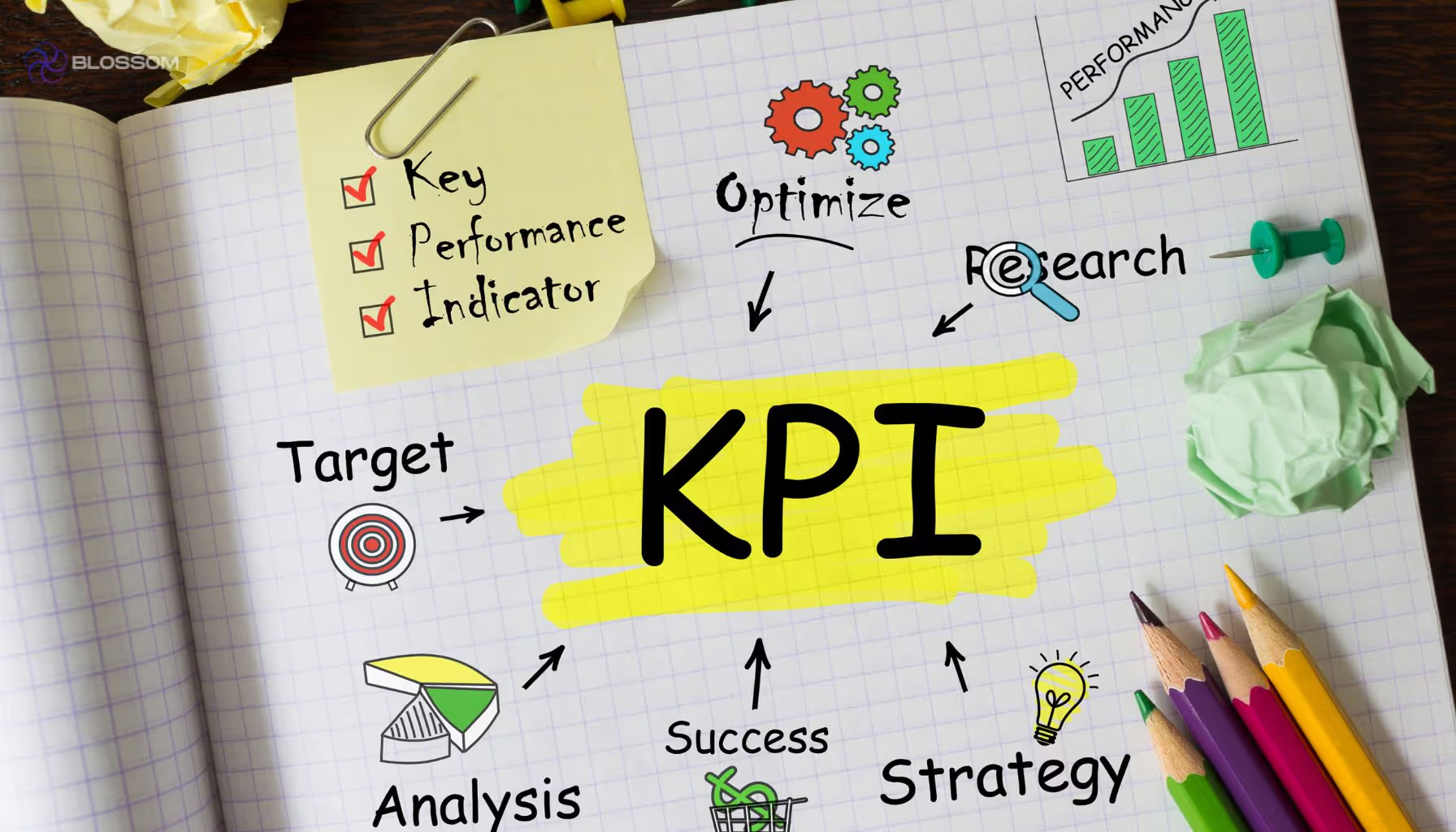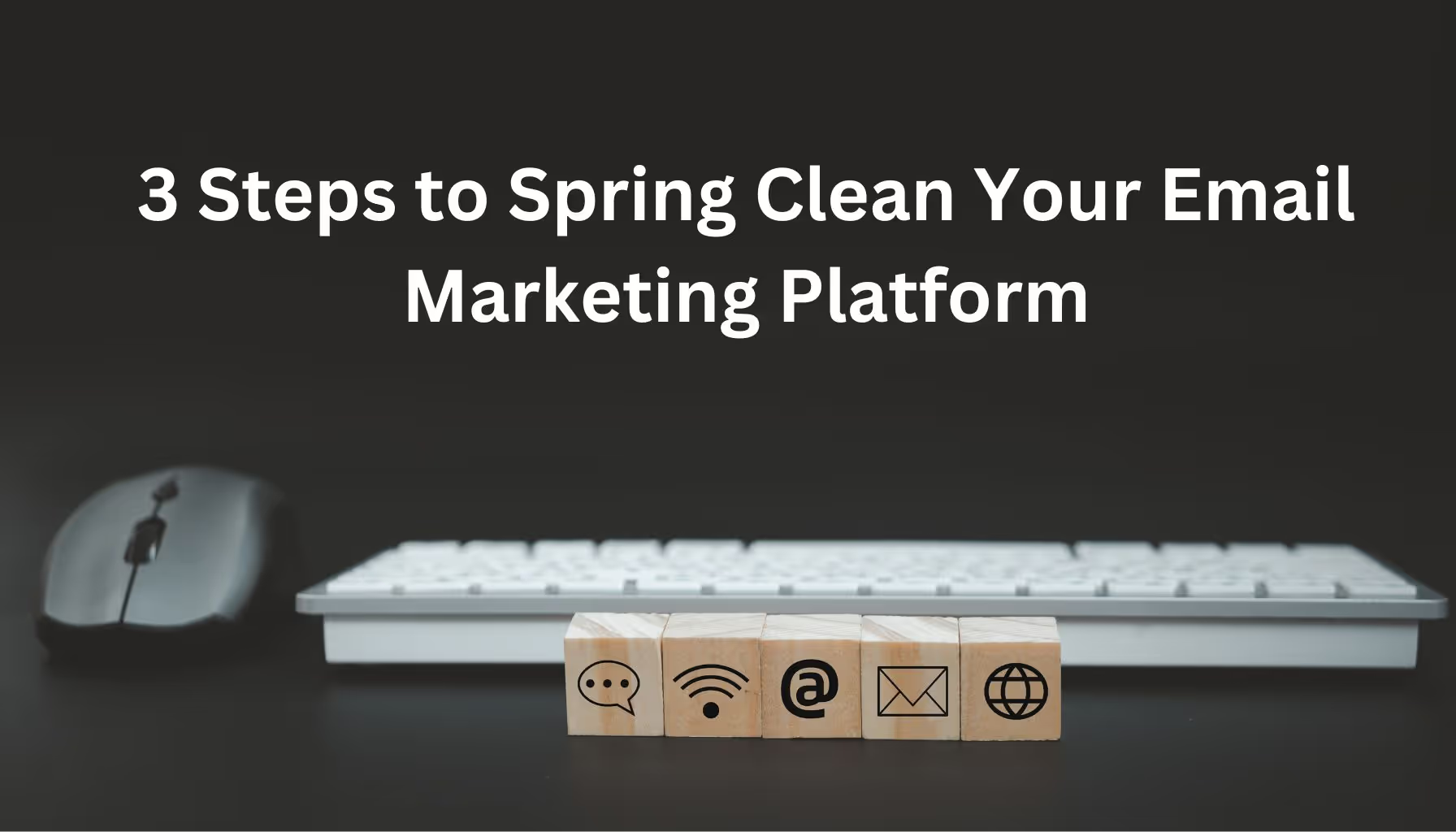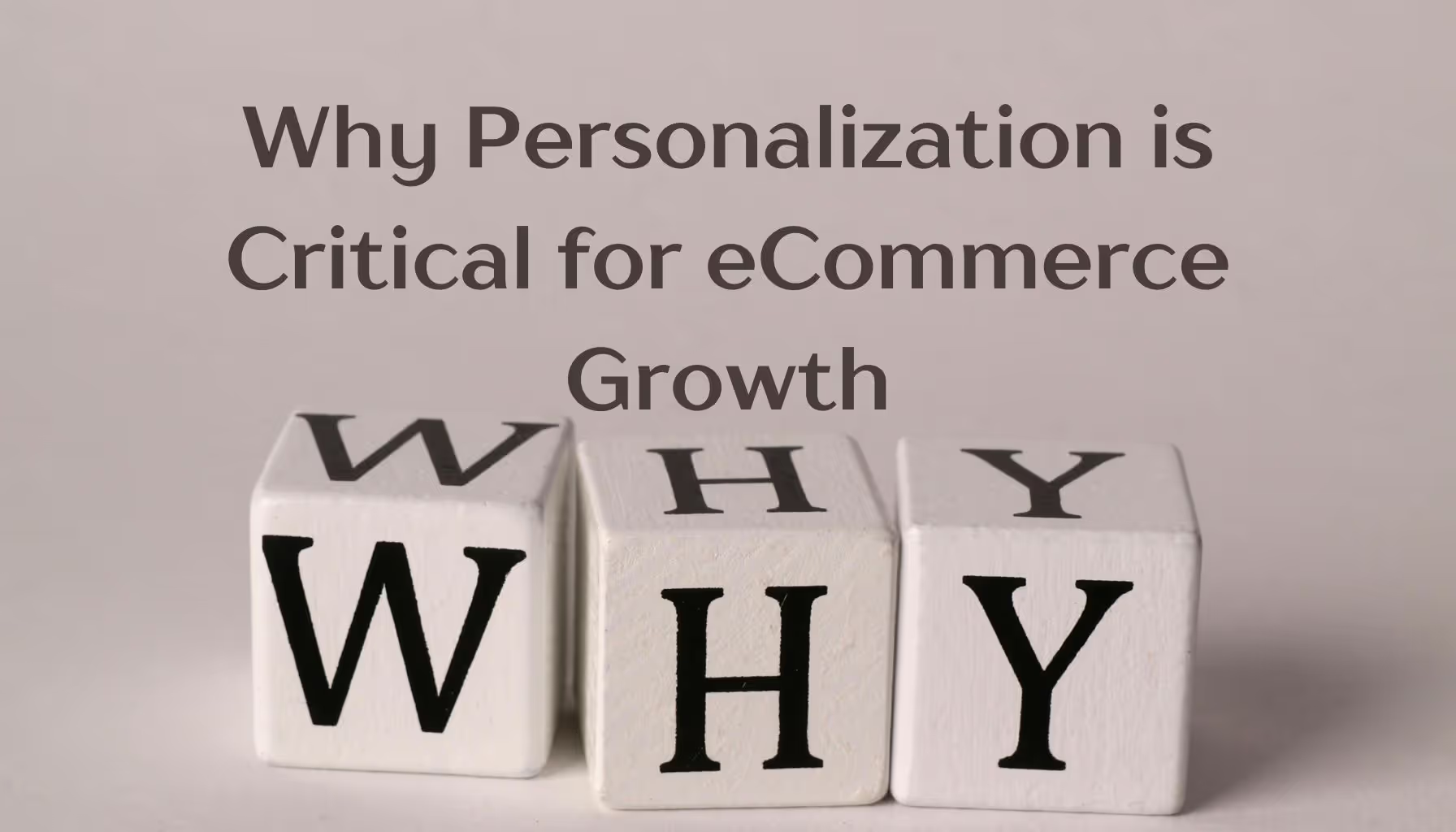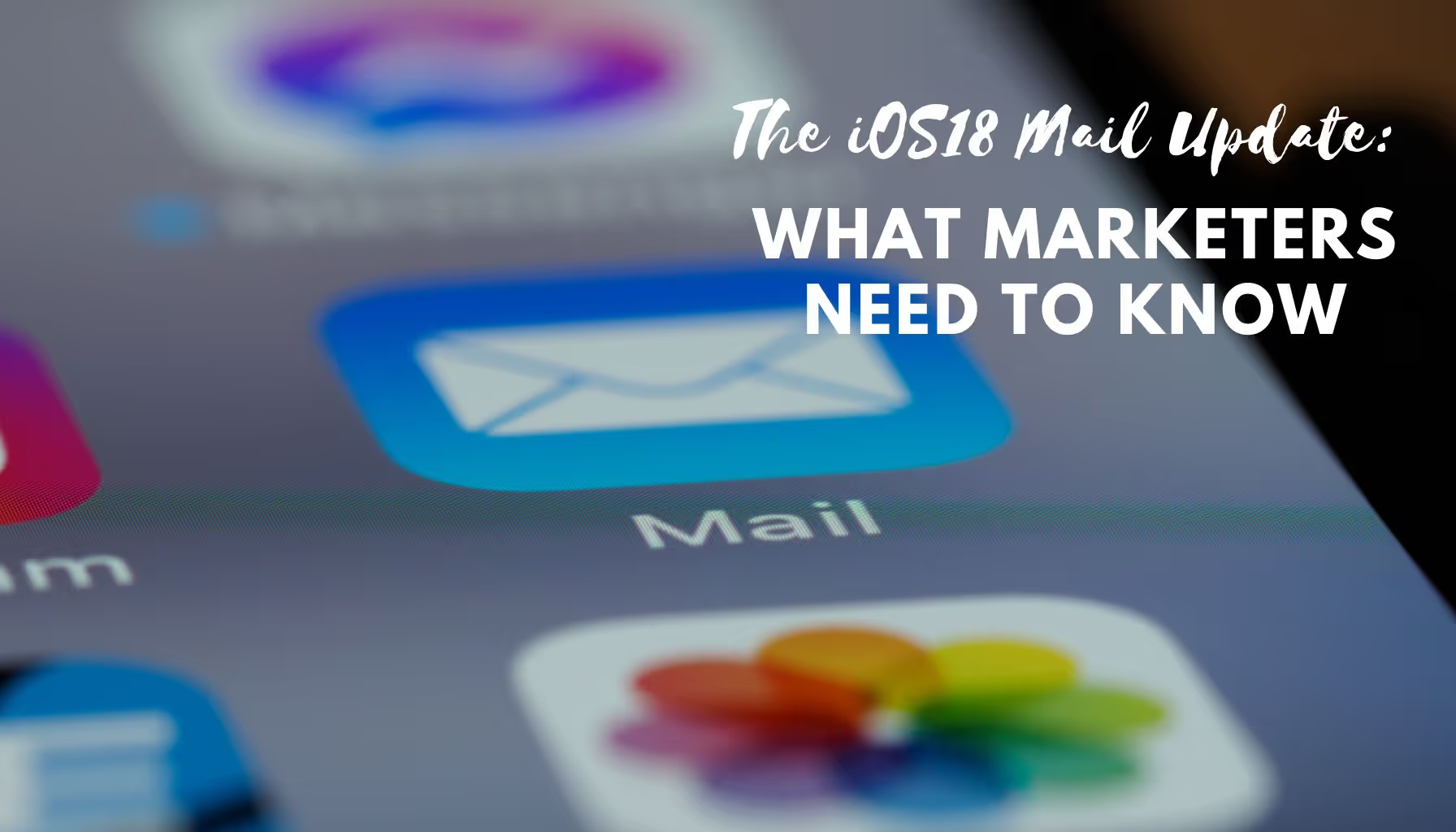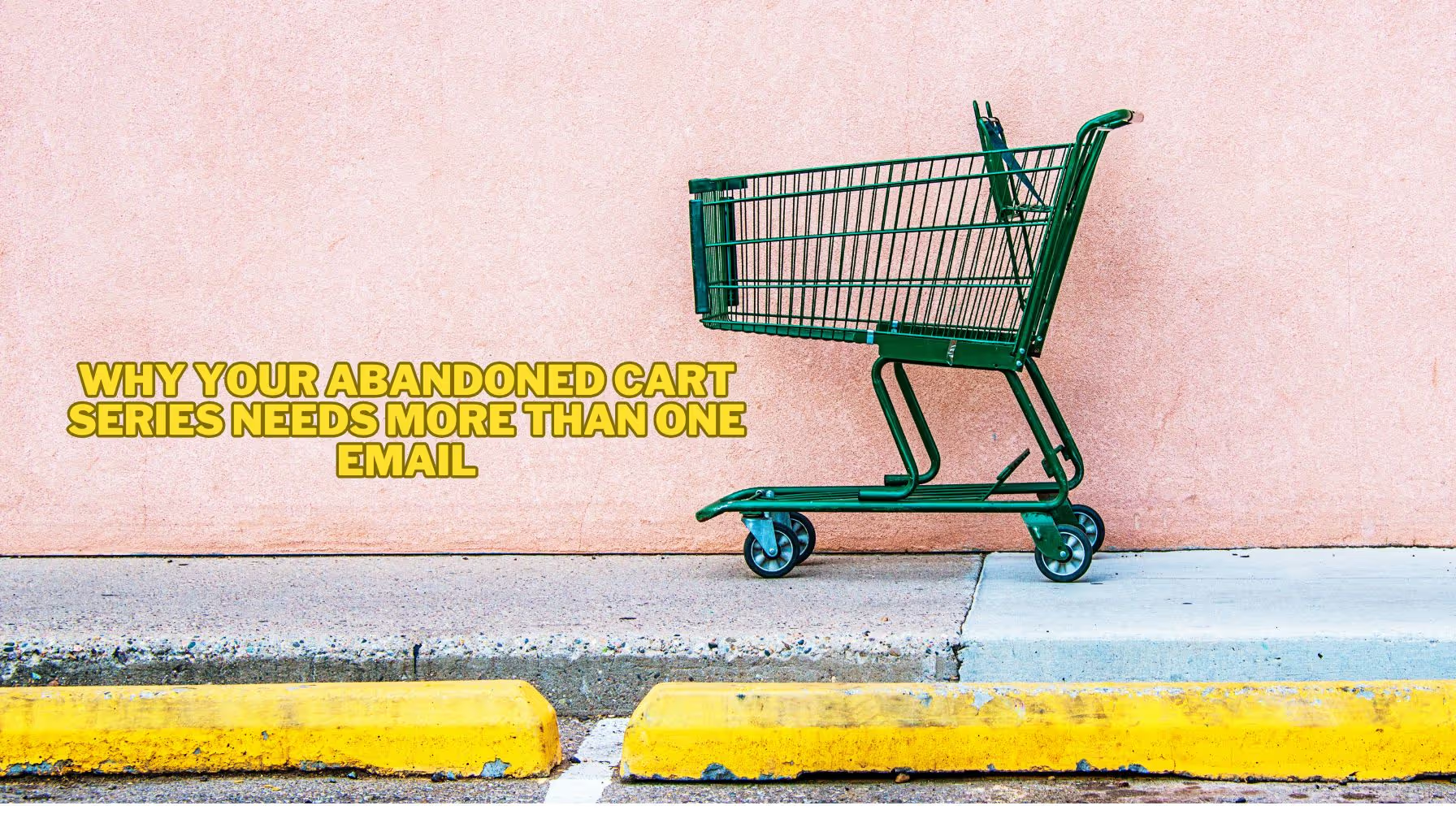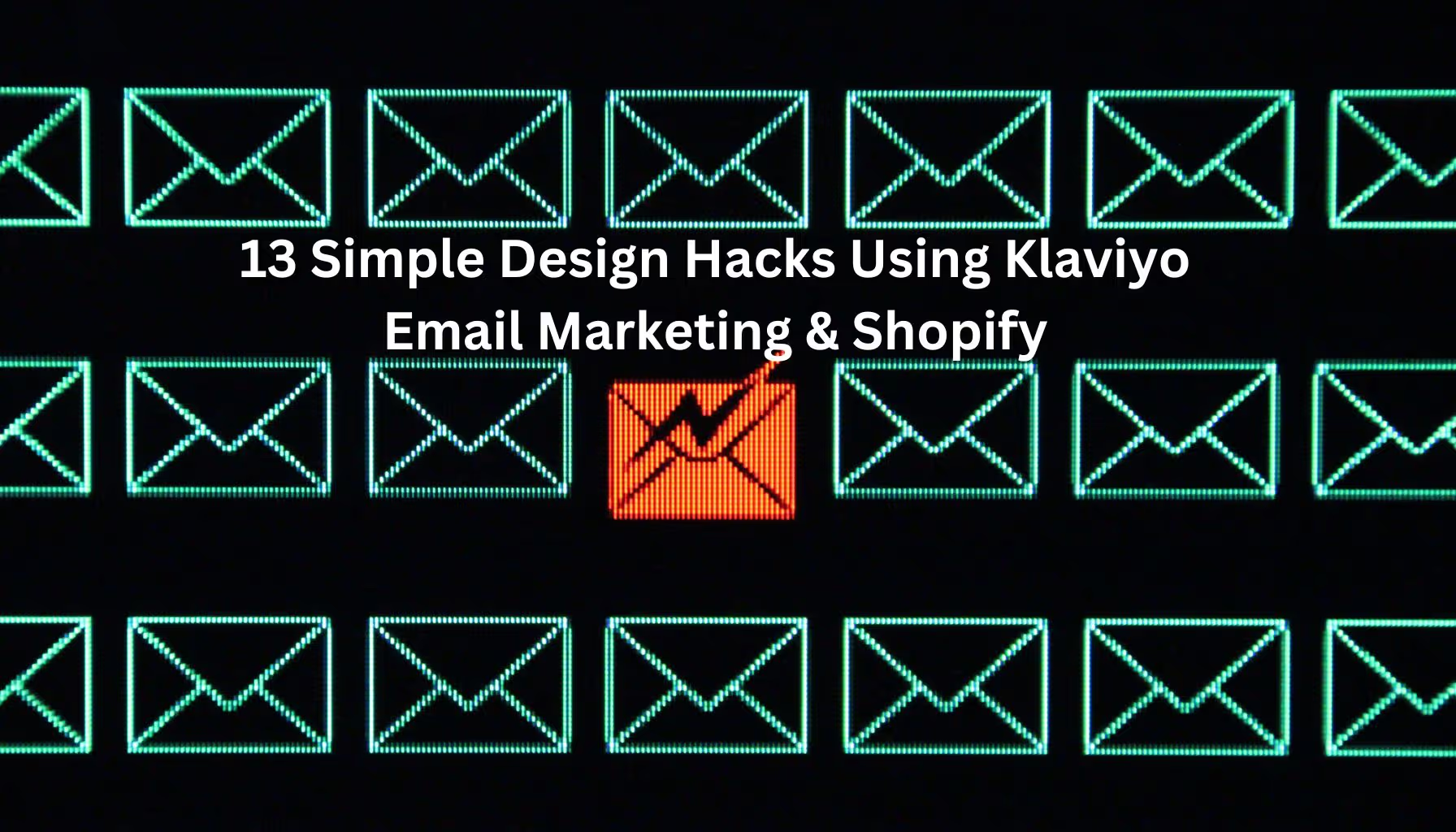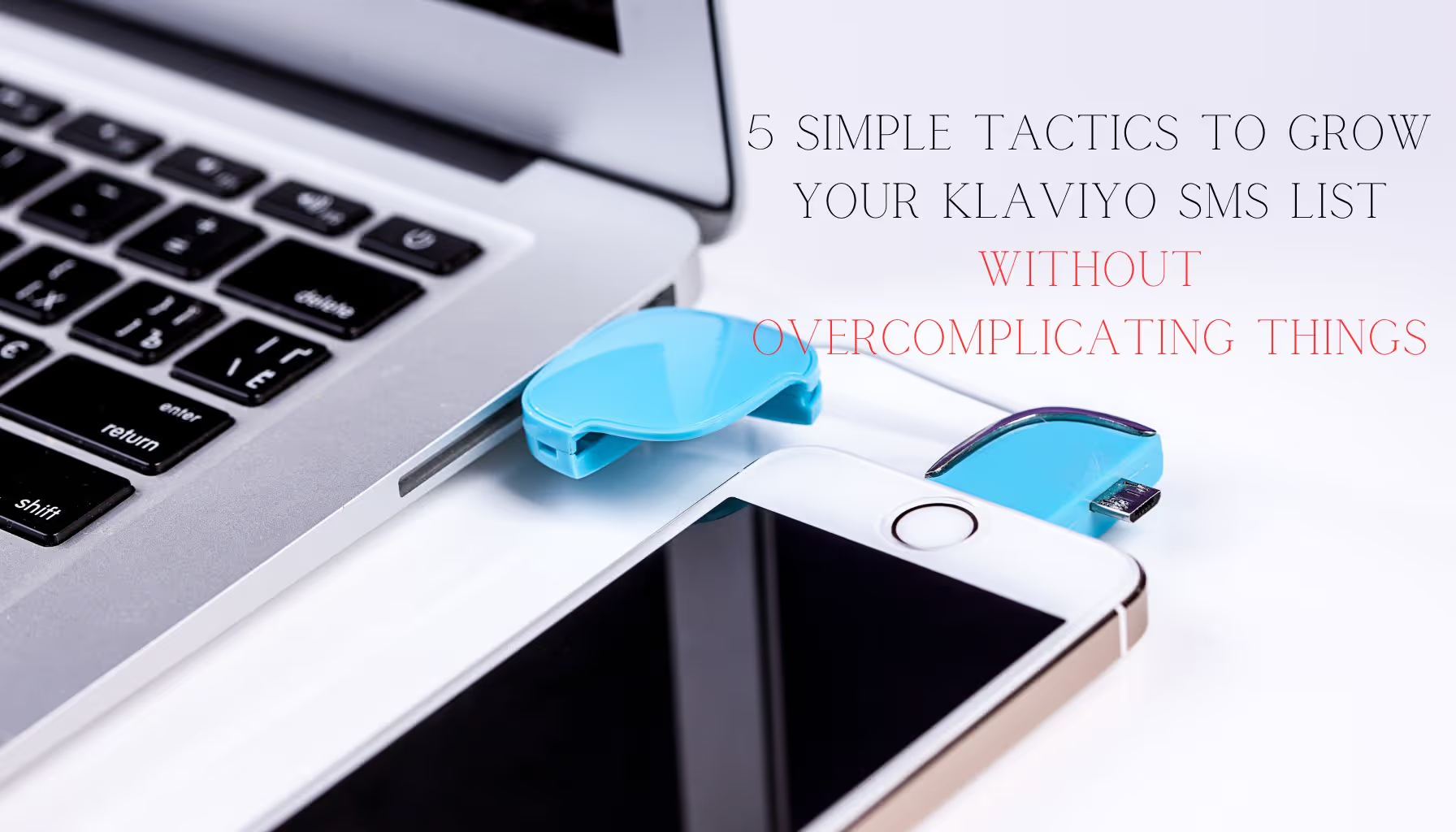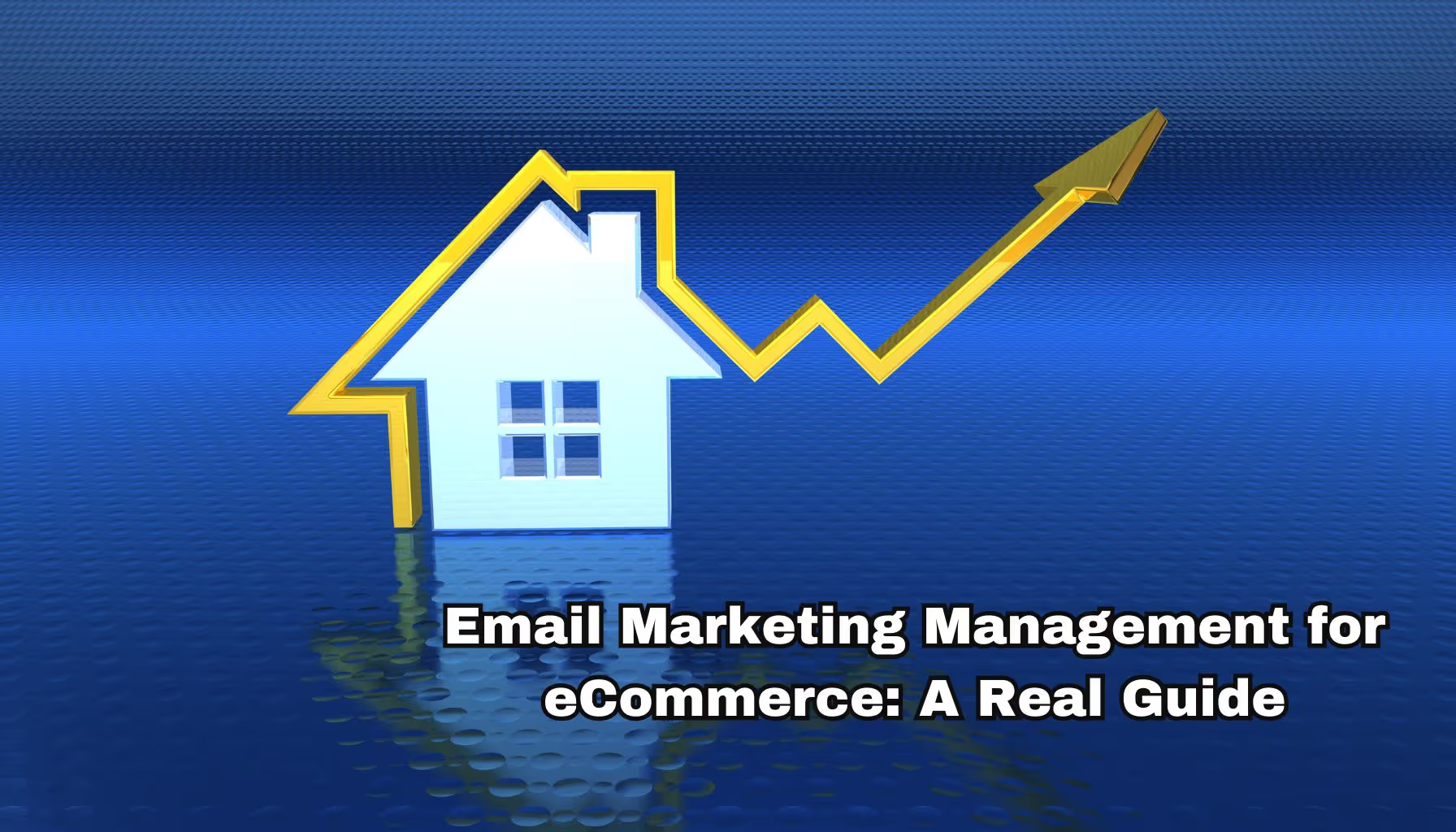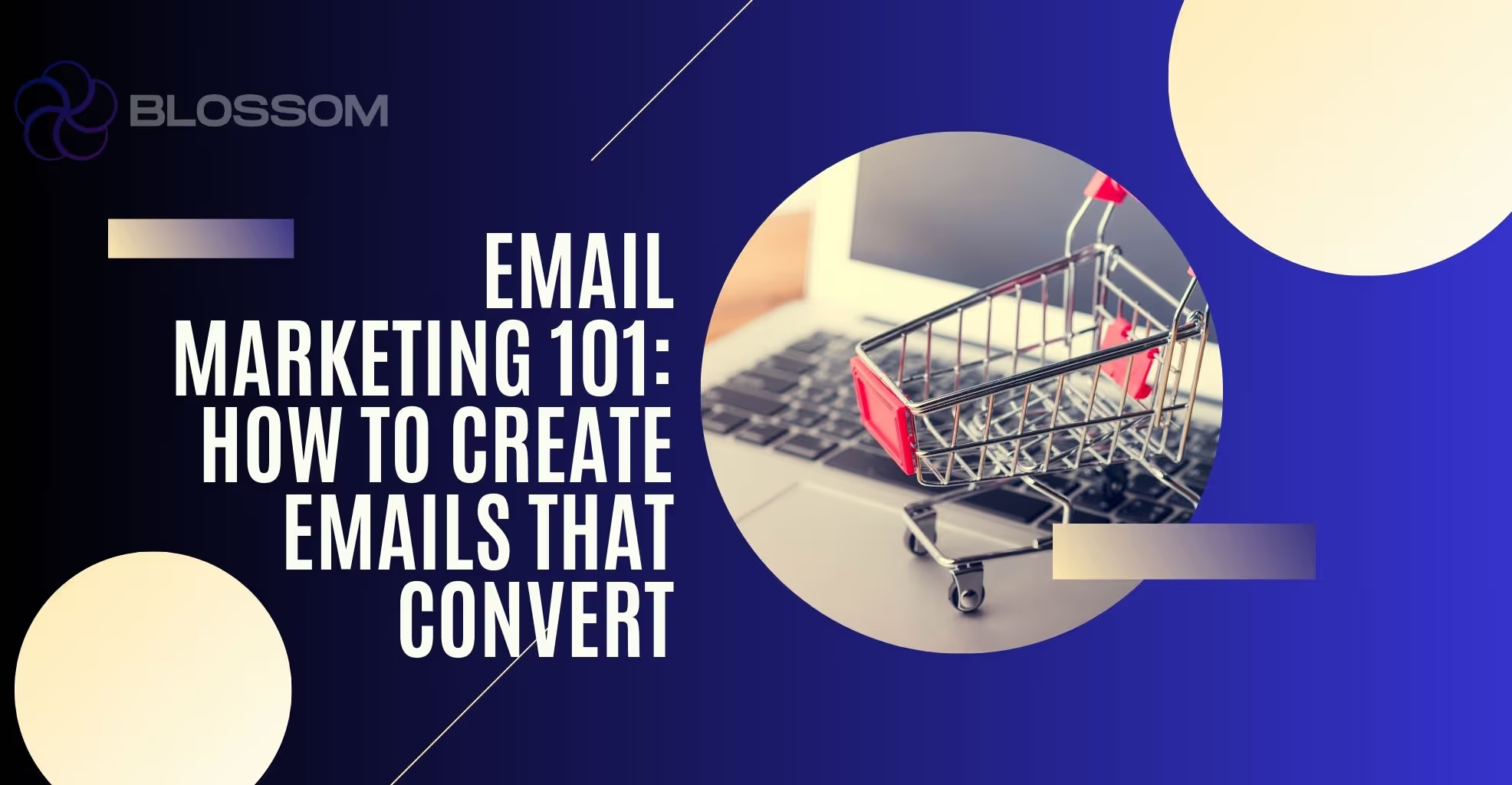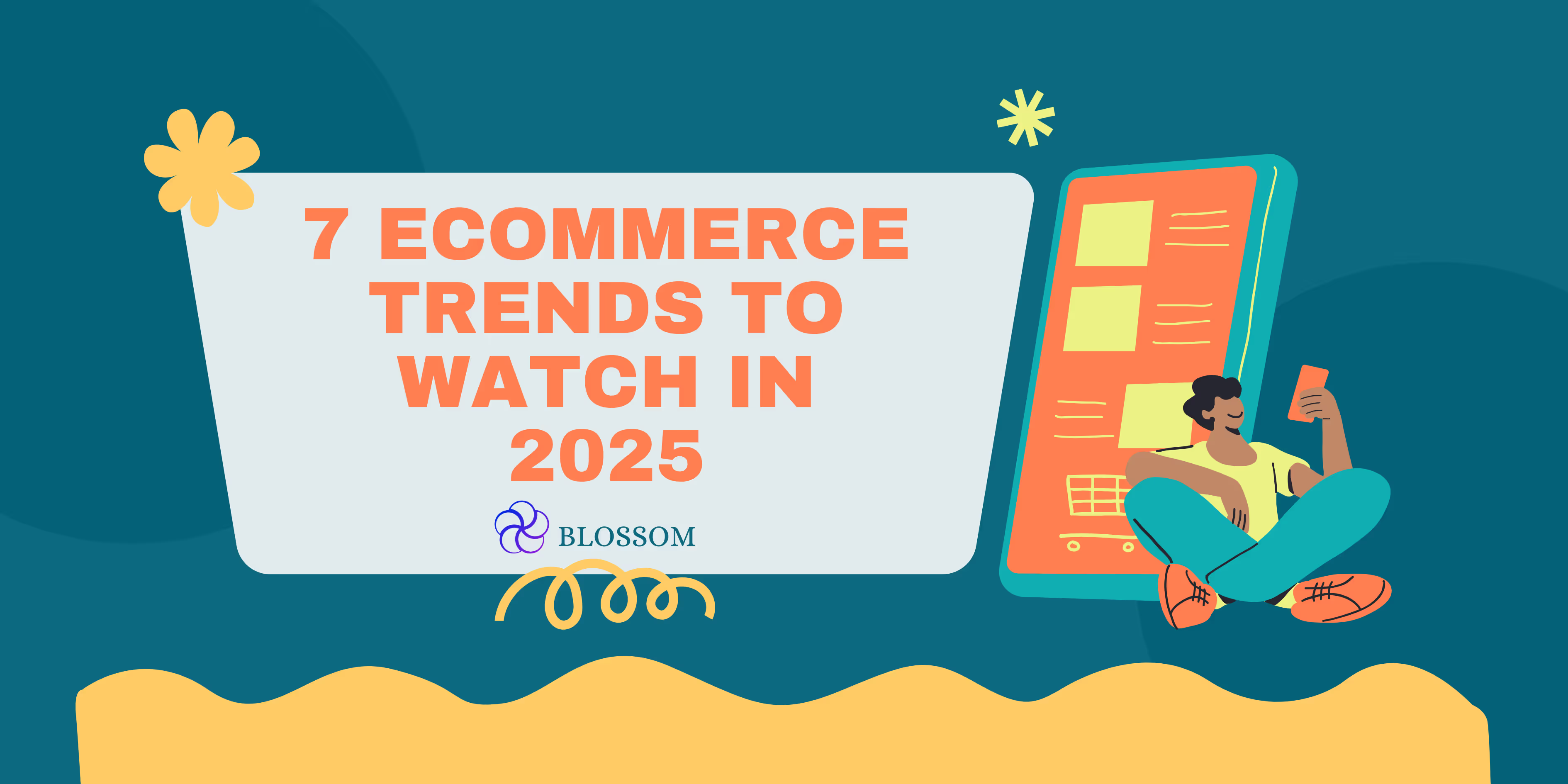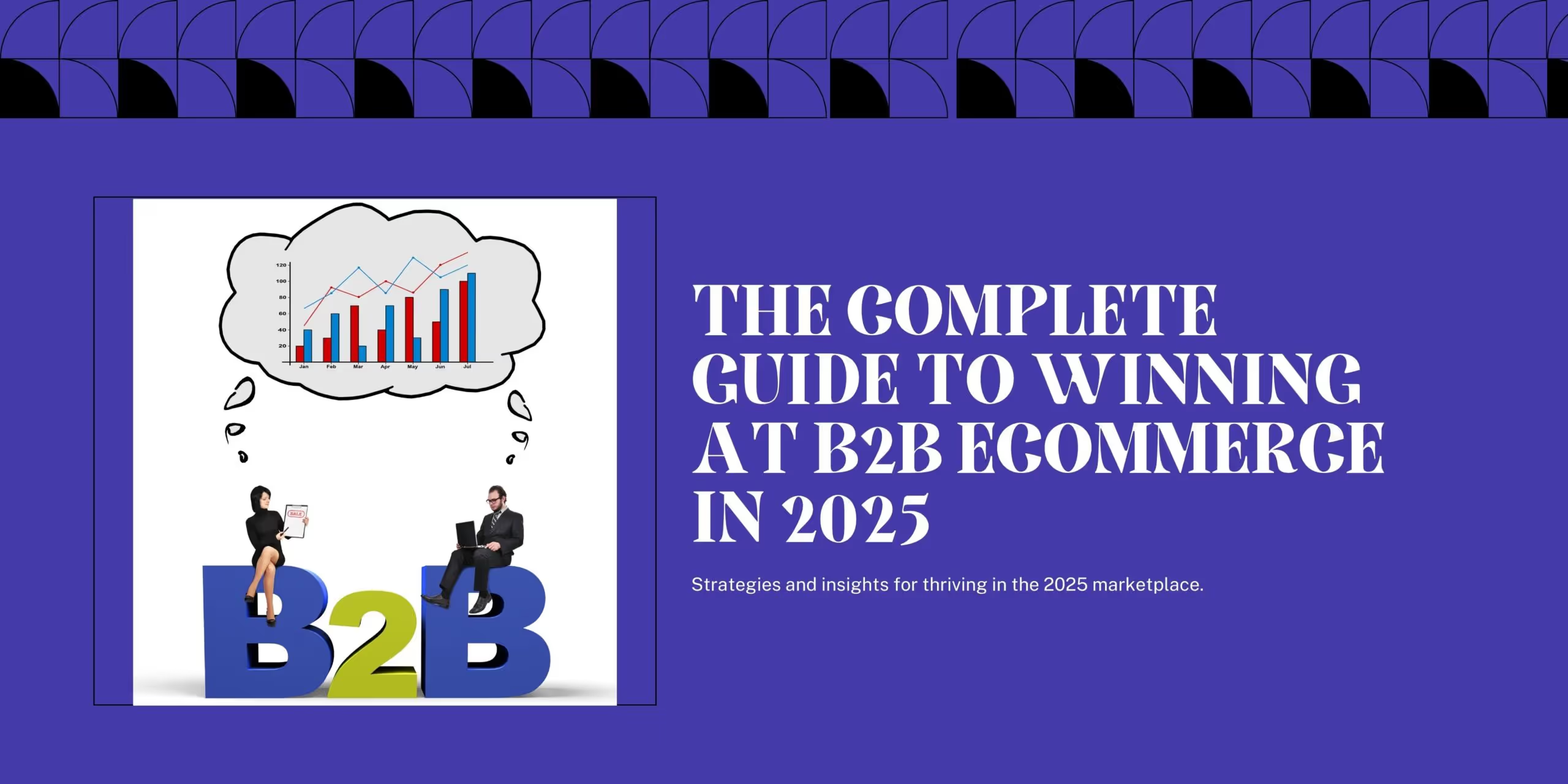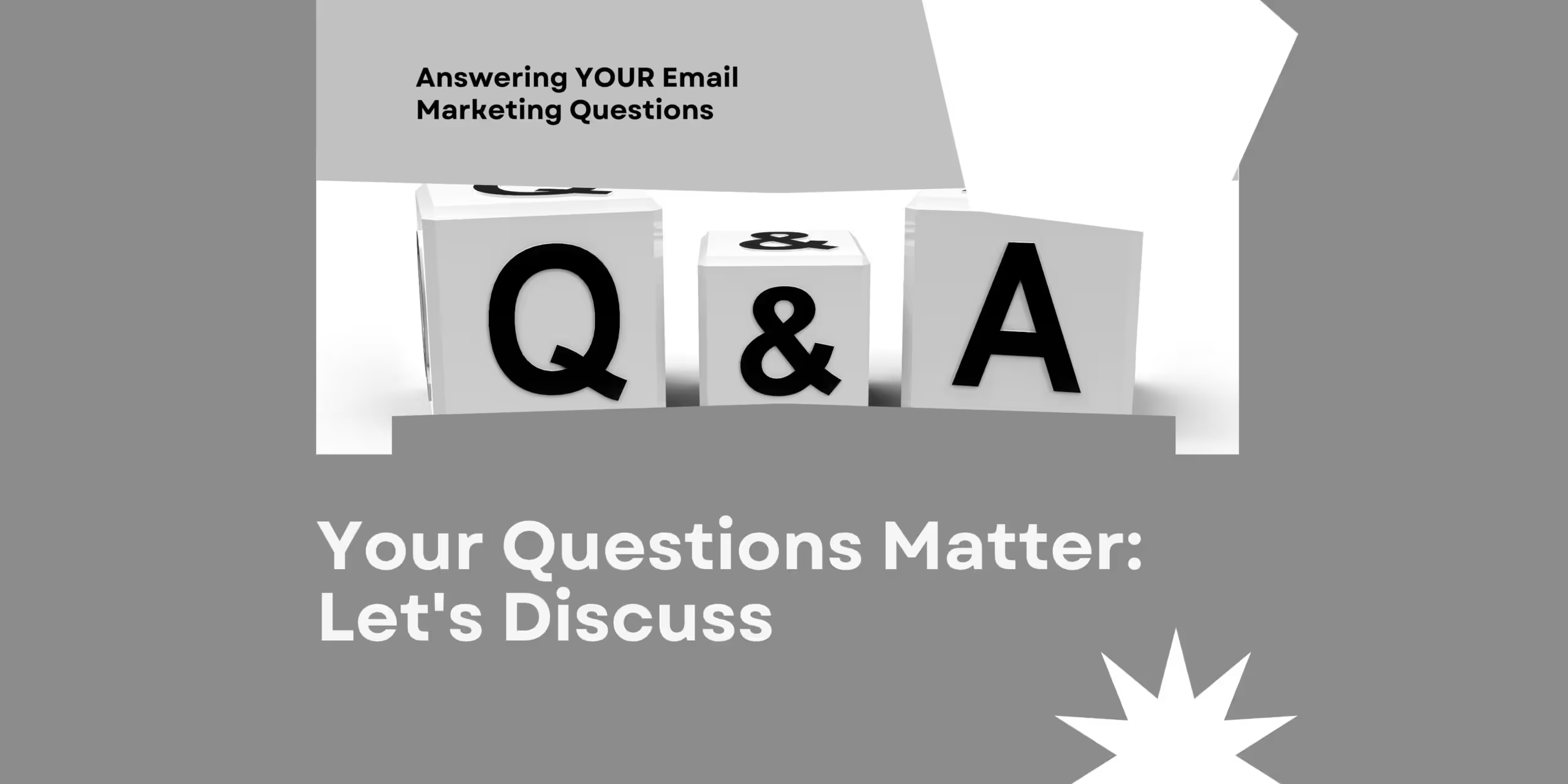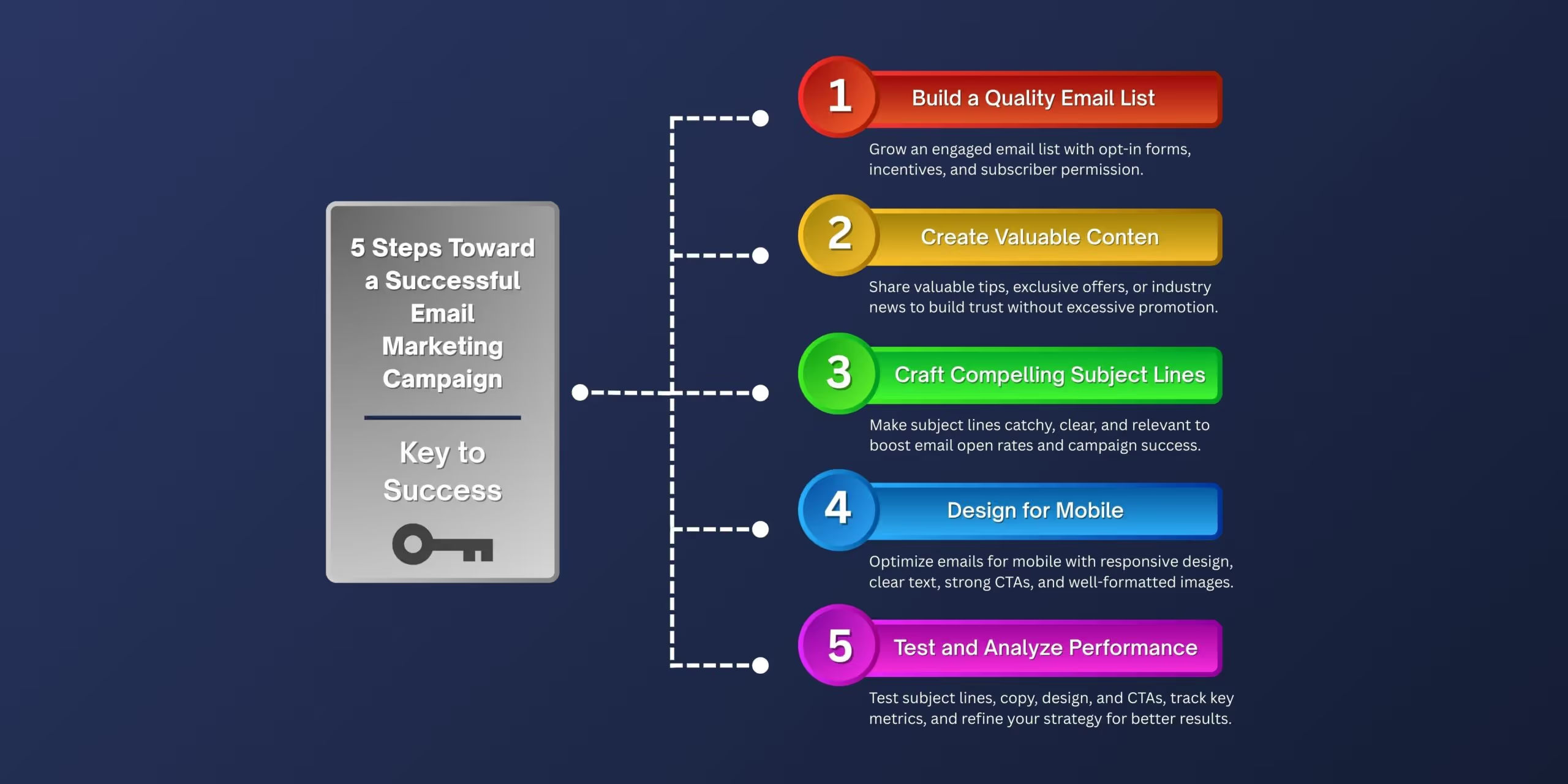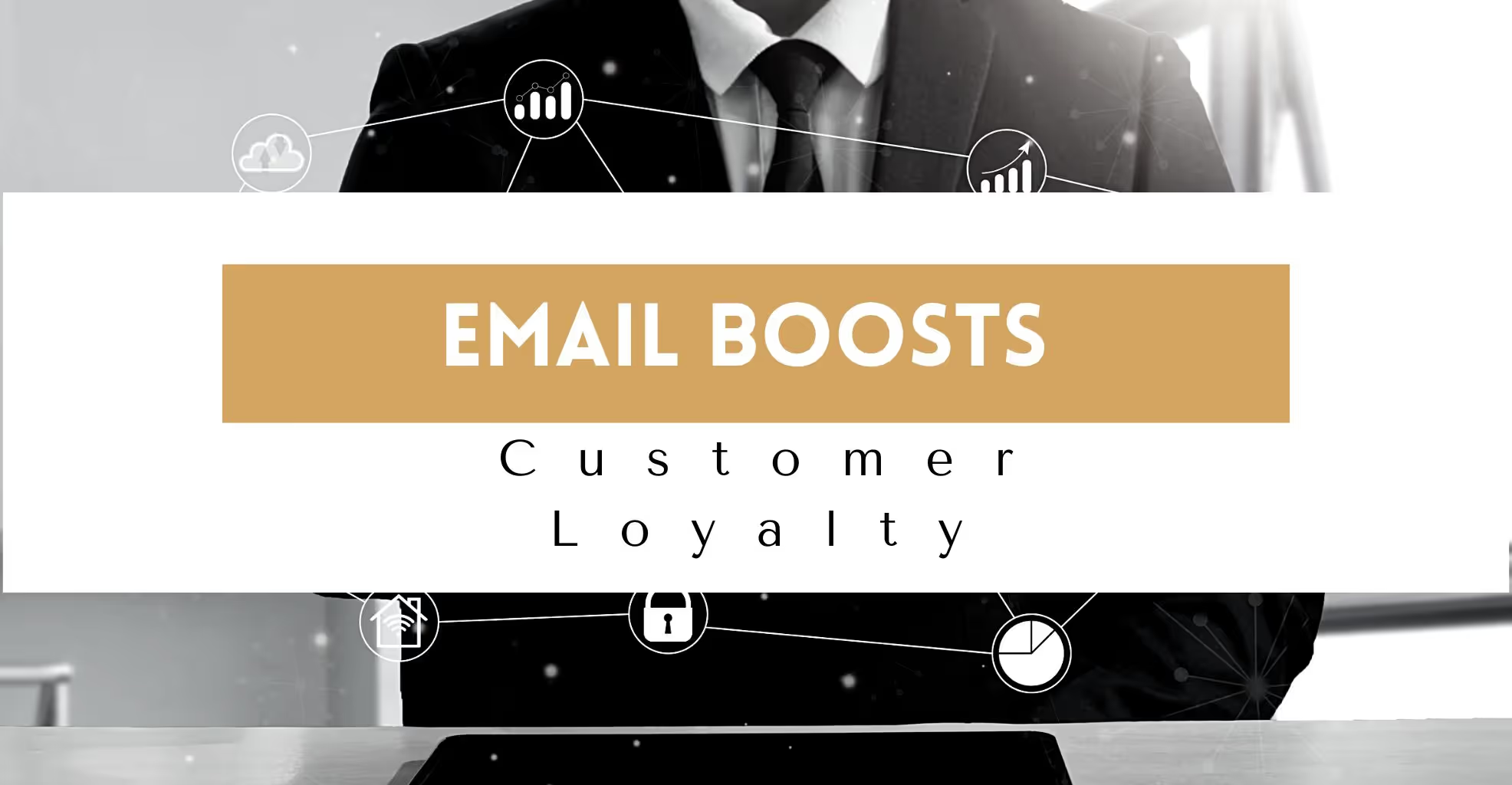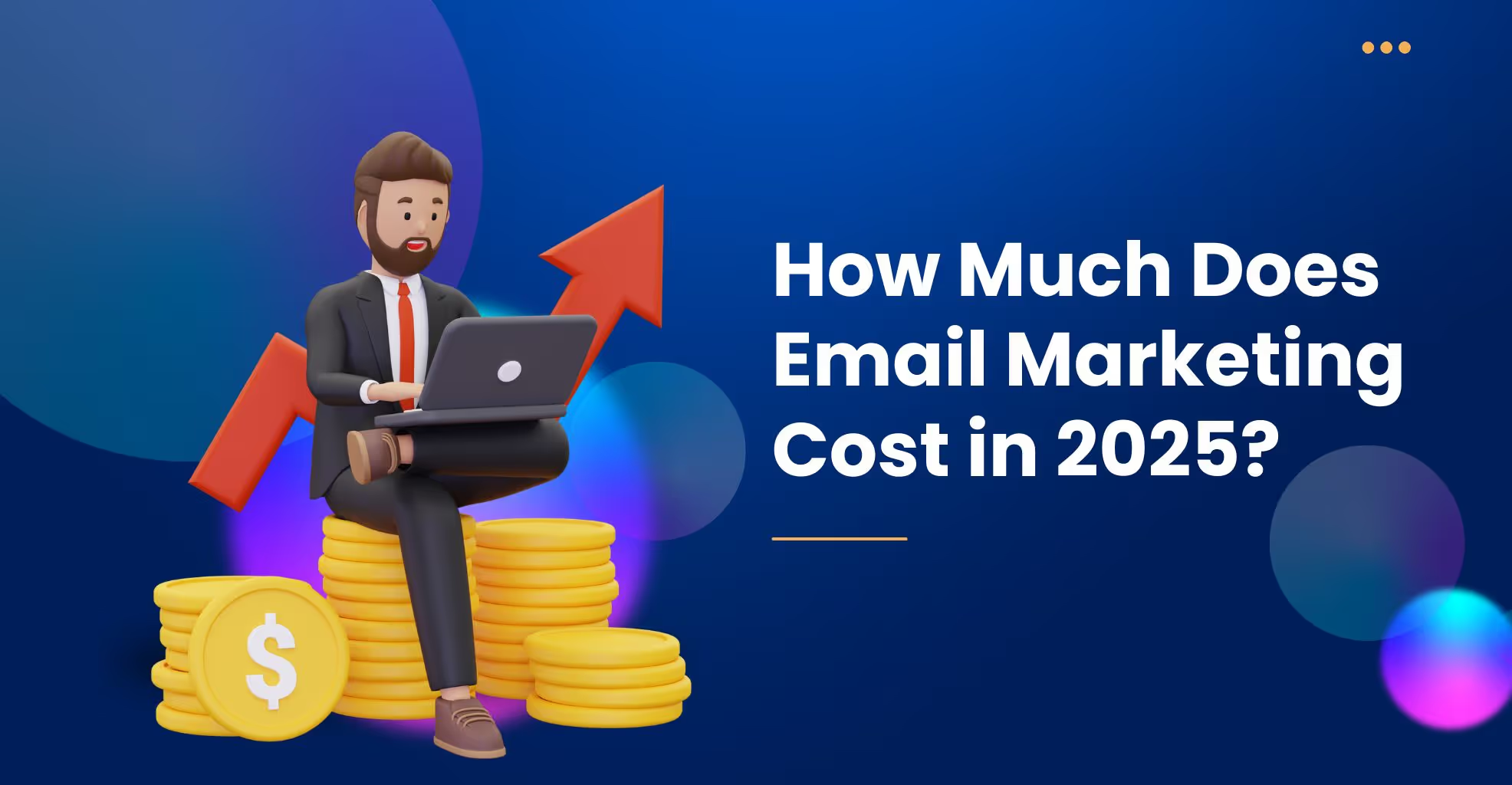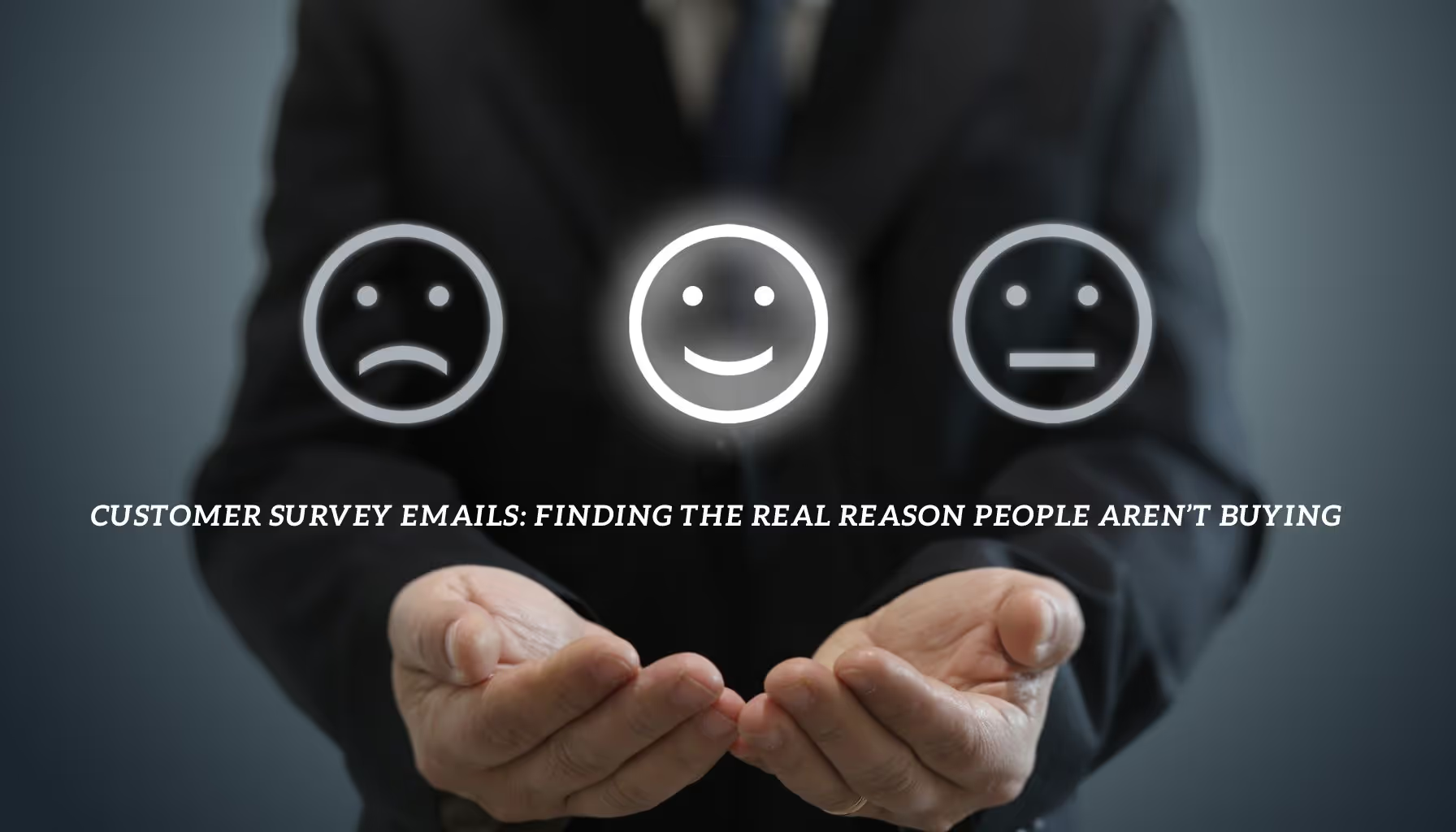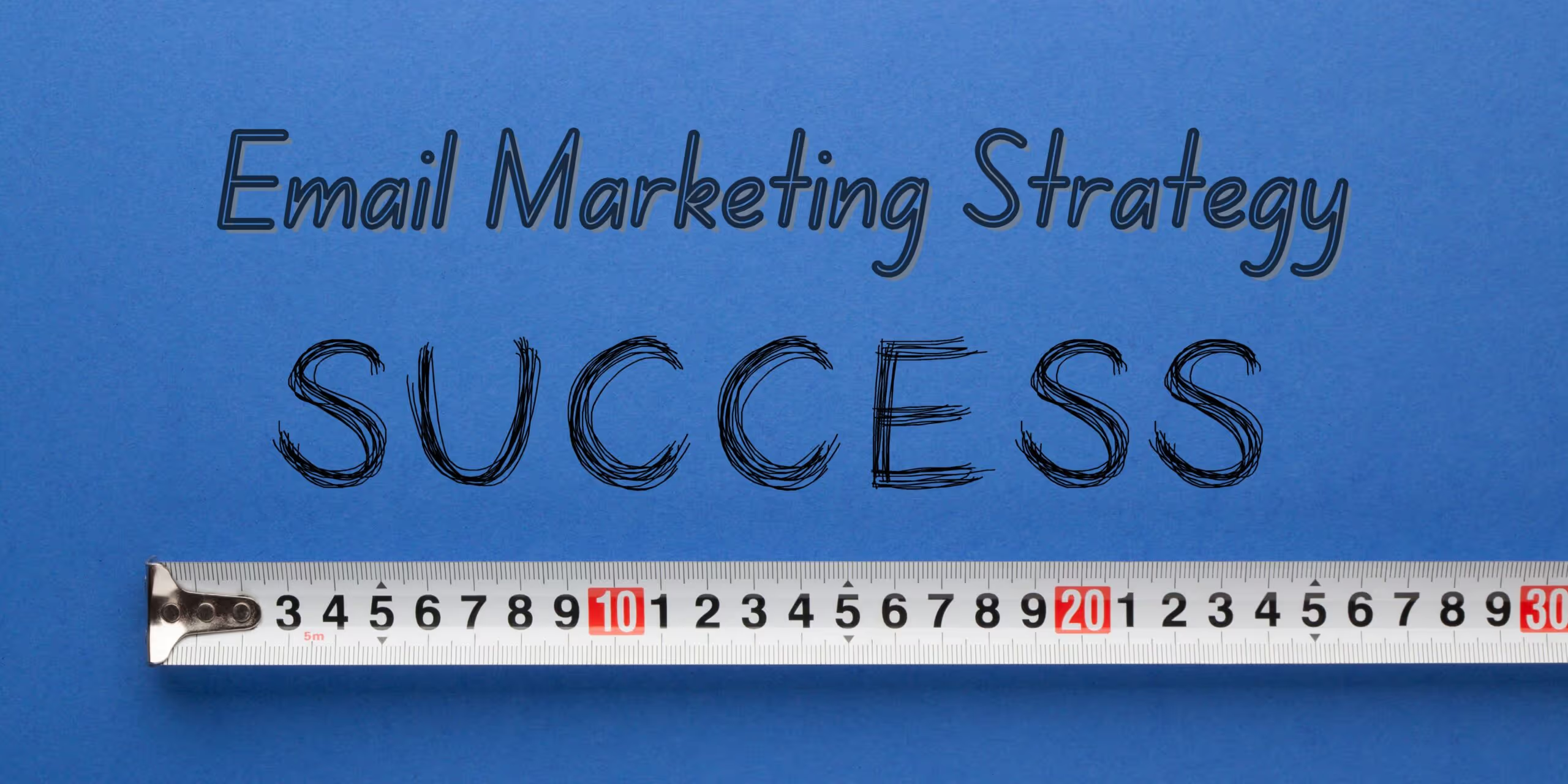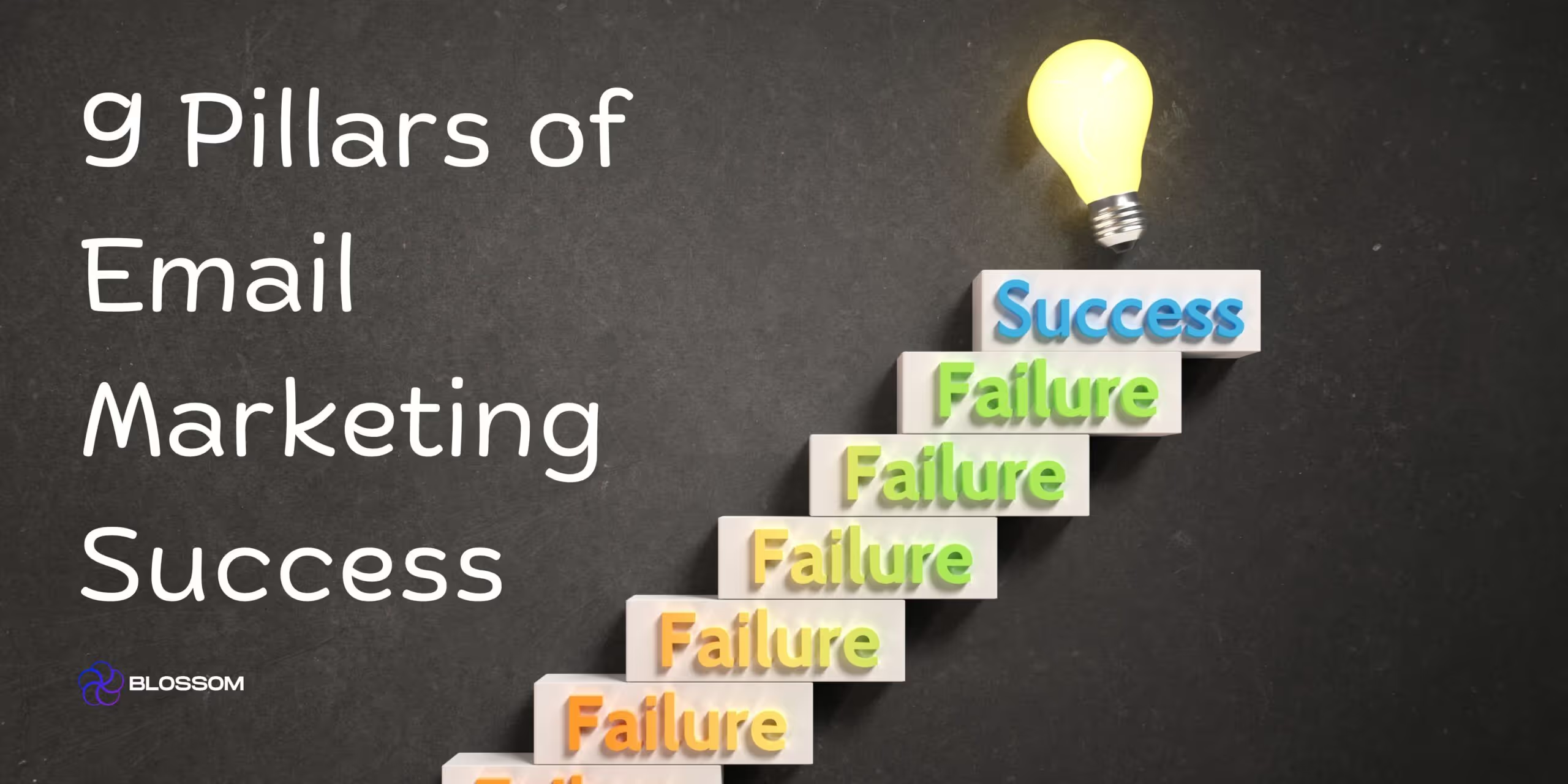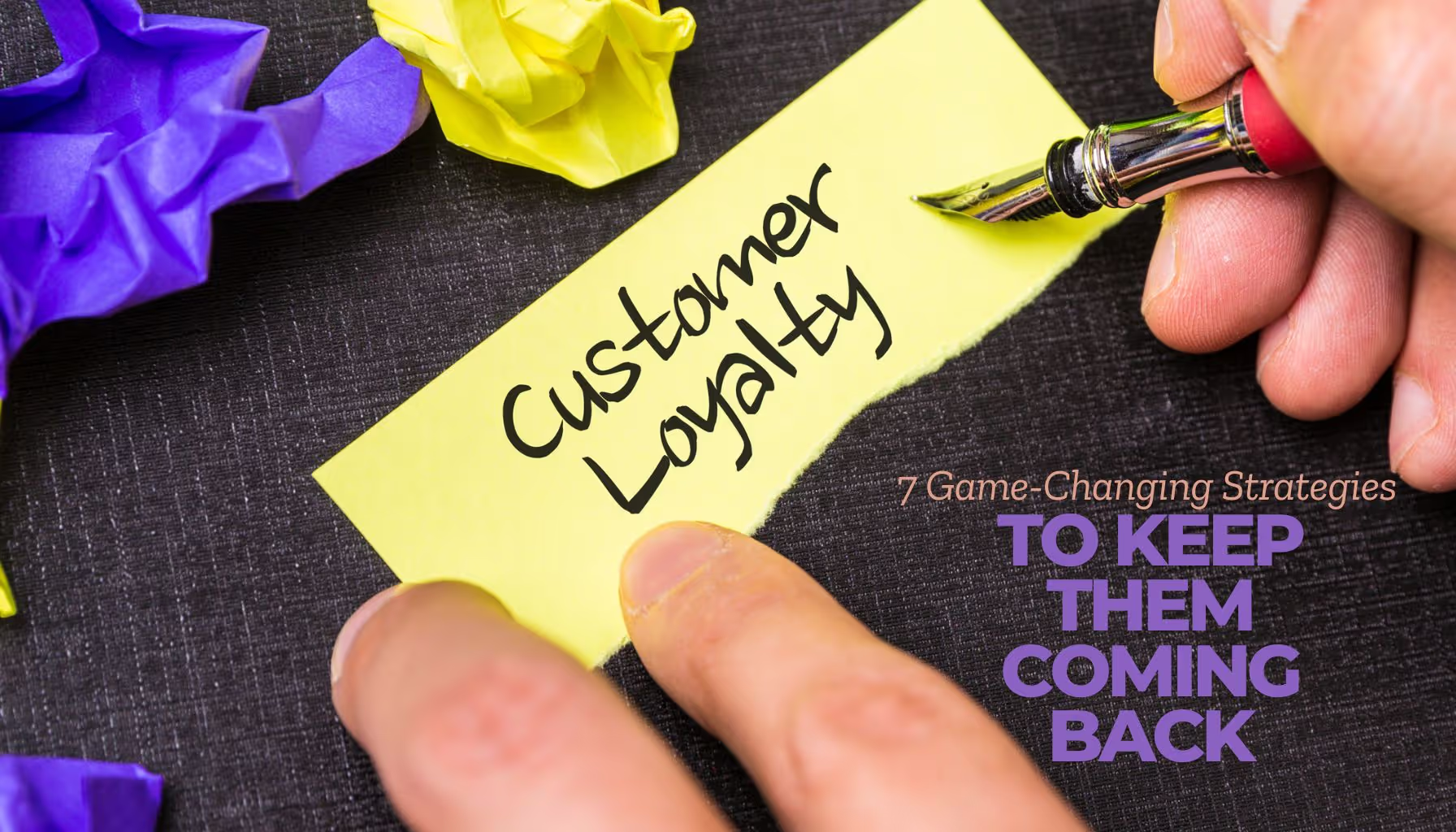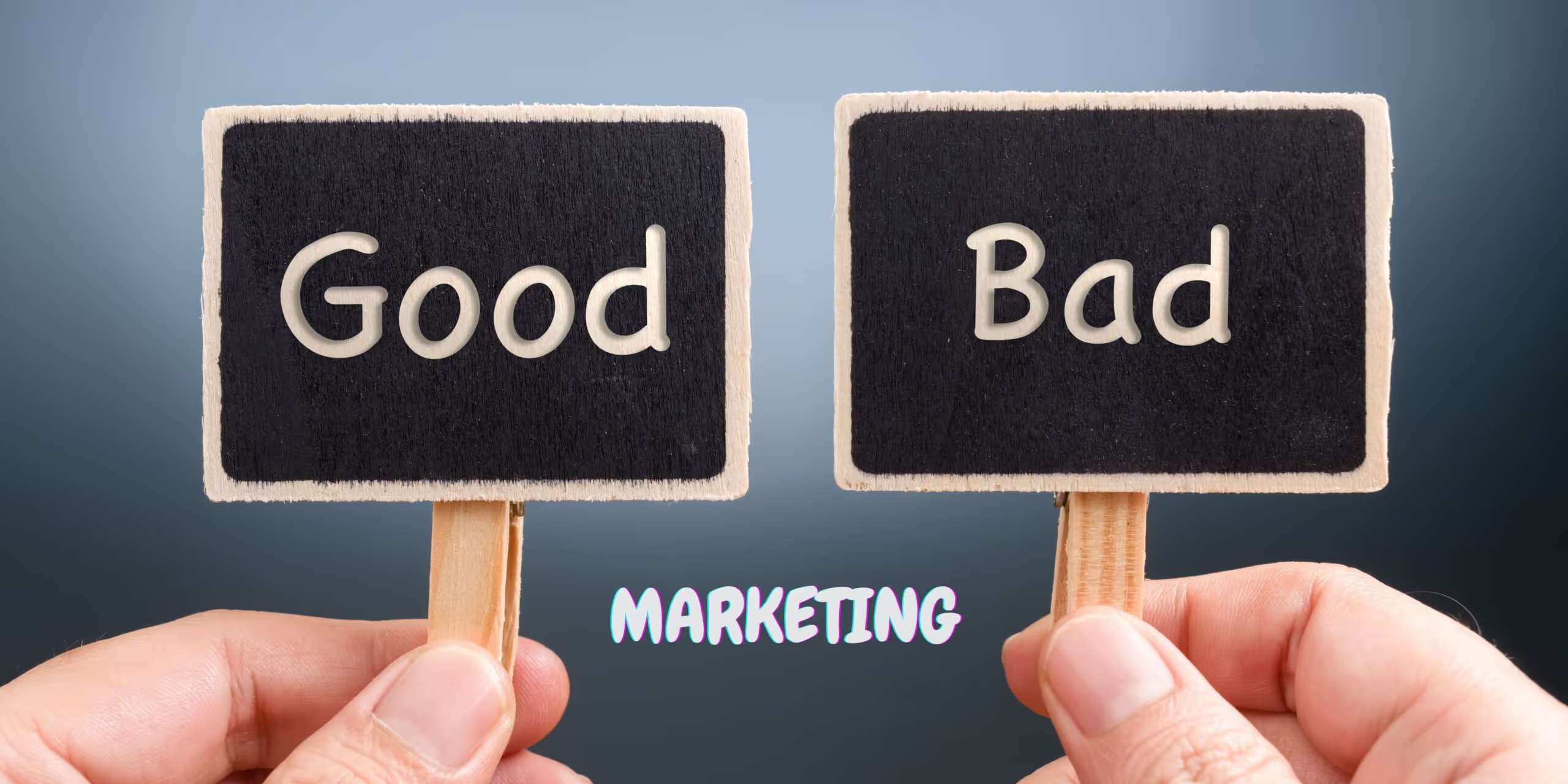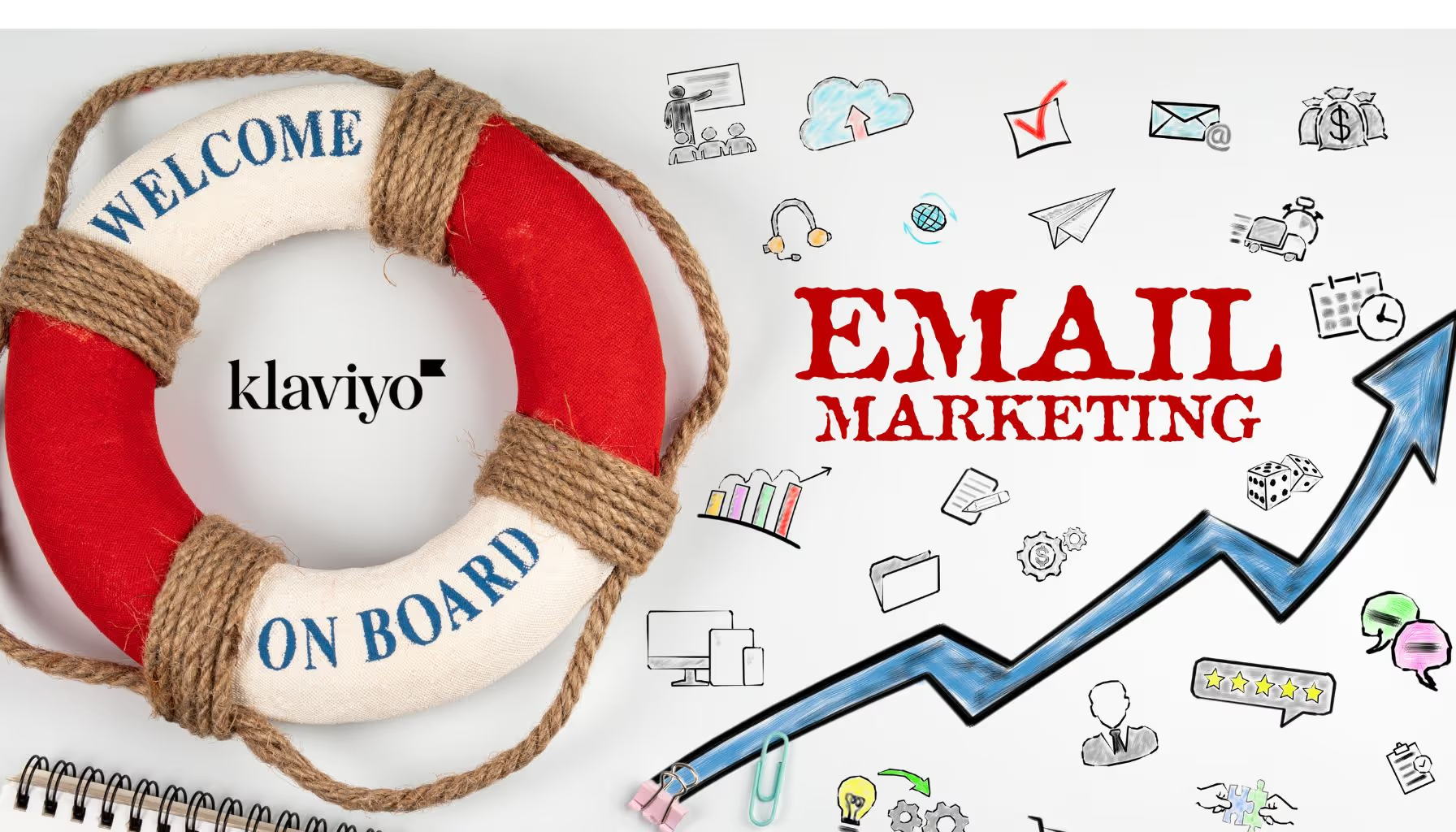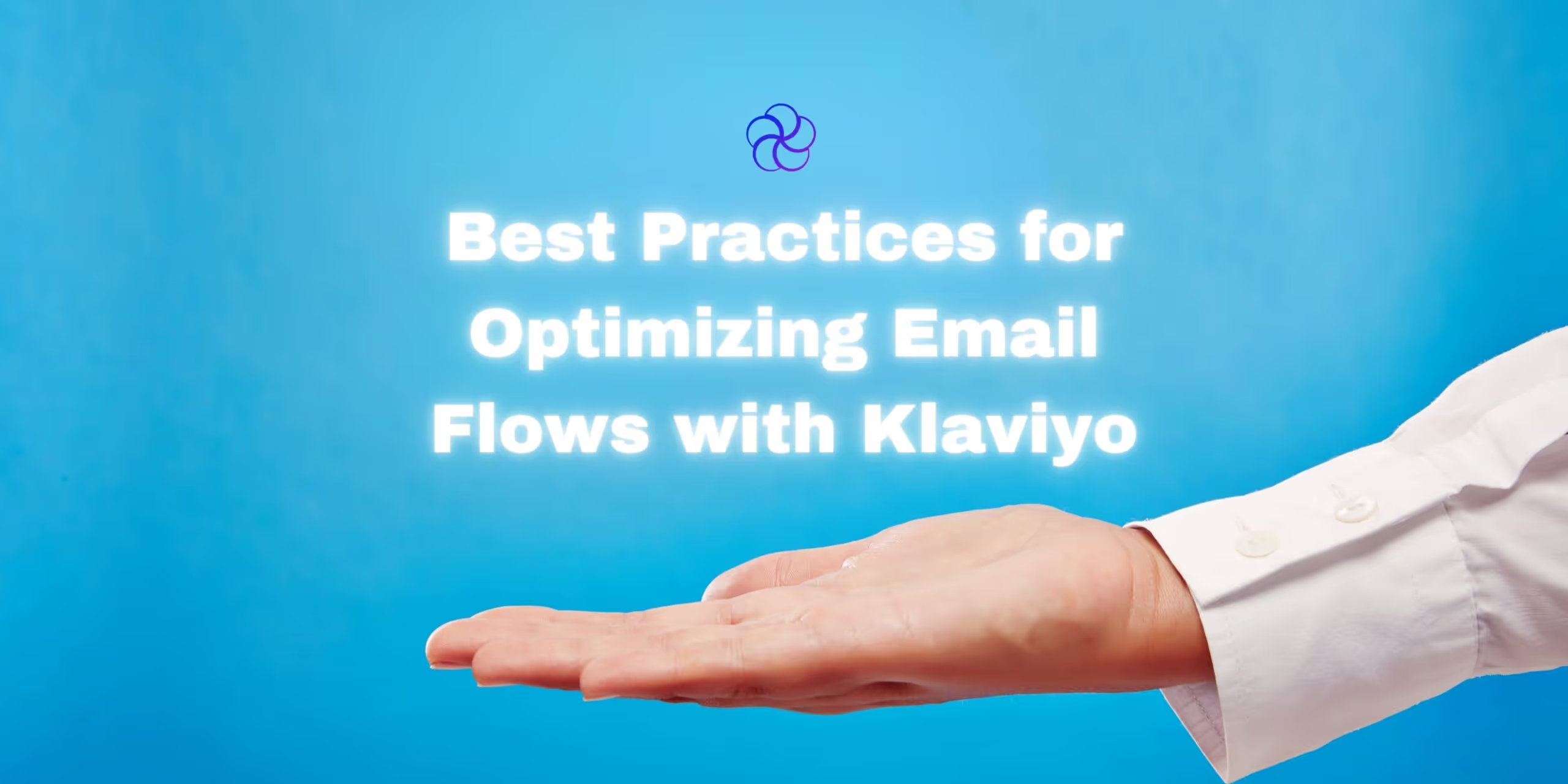Glossary
| Term | Definition |
|---|---|
| Multi-Channel eCommerce | Selling products across more than one digital platform (e.g., Amazon, Instagram, and your website). |
| Omnichannel | An integrated sales approach that provides customers with a seamless experience across online and in-store environments. |
| Inventory Management System (IMS) | A tool used to track inventory levels, orders, and sales across all platforms. |
| Channel Diversification | Reducing dependency on a single platform by selling on multiple sales channels. |
| Customer Touchpoints | Interactions between a customer and brand before, during, or after a purchase. |
| Marketplace Fees | The commission or transaction fees charged by third-party platforms like Amazon or Etsy. |
Introduction
If you’re running an eCommerce business in 2025, staying ahead of competition means thinking beyond your own website. The modern consumer expects convenience—and that means being available wherever they shop. That’s why multi-channel eCommerce is no longer optional.
In this guide, you’ll learn:
- What multi-channel eCommerce actually means
- Why it’s a critical growth strategy
- How to build your own multi-channel framework
- Tools, tables, and content ideas to help boost conversions across platforms
Let’s dive in.
What Is Multi-Channel eCommerce?
Multi-channel eCommerce is the practice of selling your products on multiple platforms at the same time. Your Shopify store? That’s one. Amazon? That’s two. Add Instagram Shopping or TikTok? Now you’ve got a robust, diversified sales funnel.
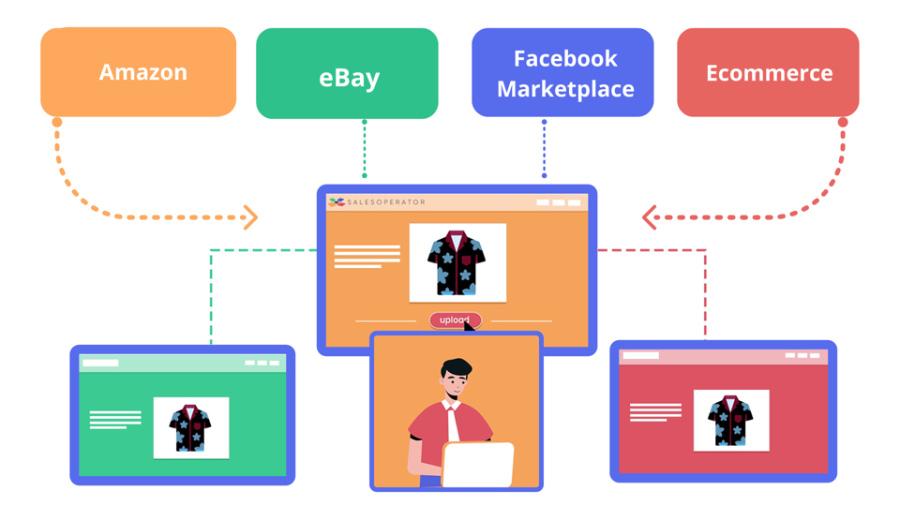
Common Digital Channels:
| Channel | Description |
|---|---|
| Amazon | High-traffic marketplace ideal for established products |
| eBay | Auction and fixed-price selling, often for niche products |
| Etsy | Best for handmade, vintage, and custom items |
| Instagram/Facebook Shopping | Social commerce with visual-first engagement |
| TikTok Shop | Viral content meets direct shopping experience |
| Google Shopping | Product listing ads driven by keyword search |
| Walmart Marketplace | Massive reach with growing online credibility |
Each channel taps into a different customer mindset. Diversifying means covering every angle—from impulse social buys to search-driven product discovery.
Why Multi-Channel eCommerce Matters
1. Expand Your Reach
The more places your products appear, the more eyeballs you get. A product listed on three platforms can generate 3x more exposure than a product limited to your website alone.
2. Improve Conversions by Meeting Customers Where They Shop
Consumers are more likely to buy from platforms they trust. Amazon has over 200 million Prime members. TikTok users now buy directly in-app. Listing where trust already exists eliminates friction.
3. Reduce Risk Through Diversification
Relying solely on Shopify or Amazon is dangerous. If one platform goes down—or suspends your account—you lose everything. Multi-channel protects your brand by distributing risk.
4. Gain Deeper Customer Insights
Each platform offers different user behavior metrics. Instagram insights reveal demographic trends. Amazon shows keyword ranking. Shopify tracks email opt-ins. Combine all three, and you get a 360-degree view of your customer.
5. Make Shopping More Convenient
Convenience is the ultimate conversion driver. If a user can complete their purchase without ever leaving Instagram or TikTok, your chances of conversion soar.
How to Build a Multi-Channel eCommerce Strategy
Step 1: Choose the Right Platform Foundation
Use a flexible eCommerce platform like:
- Shopify (best for integrations)
- BigCommerce (built-in multi-channel tools)
- WooCommerce (open-source flexibility with plugins)
Comparison Table: eCommerce Platform Integrations
| Platform | Amazon | eBay | TikTok Shop | |
|---|---|---|---|---|
| Shopify | Yes | Yes | Yes | Yes |
| BigCommerce | Yes | Yes | Yes | Yes |
| WooCommerce | Via Plugins | Yes | Via Plugins | Via Plugins |
Step 2: Centralize Inventory Management
Overselling is the fastest way to lose trust. Sync your inventory across platforms using:
- Shopify Plus or BigCommerce Advanced
- Skubana, Sellbrite, or Linnworks for multi-channel IMS
Step 3: Audit Your Customer Touchpoints
Ask:
- Where do most of your buyers discover your brand?
- What platforms generate the most traffic?
- Where do they complete purchases?
Use tools like:
- Google Analytics 4 (attribution insights)
- Triple Whale (cross-platform marketing data)
- Meta Pixel + TikTok Pixel (retargeting accuracy)
Step 4: Start with Best-Sellers
Focus on your top 10% performing SKUs. These are already proven, which reduces risk and gives you the best shot at immediate traction on new platforms.
Step 5: Expand Slowly and Strategically
Test one channel at a time. Measure performance. Refine listings. Then move to the next.
Tools and Content to Support Multi-Channel Success
| Tool Type | Recommended Tools | Purpose |
|---|---|---|
| Inventory Sync | Sellbrite, Finale, Skubana | Unified stock management |
| Ad Management | Triple Whale, Northbeam | Cross-channel campaign ROI |
| Review Syndication | Loox, Stamped, Yotpo | Show consistent reviews everywhere |
| Order Management | ShipStation, Easyship | Multi-channel fulfillment |
Frequently Asked Questions
1. Can I sell the same product on multiple platforms?
Yes, and you should. Ensure your product listings are optimized for each platform’s audience and rules.
2. What’s the difference between multi-channel and omnichannel?
Multi-channel is about availability. Omnichannel is about integration—like syncing customer experience from app to store.
3. Do I need to sync pricing across platforms?
Not necessarily. Adjust for platform fees, competition, and perceived value. Just be transparent and avoid undercutting yourself.
4. How do I handle returns across channels?
Create a central return policy and use a tool that aggregates returns across platforms. Be clear in your return terms on each platform.
5. How can I avoid overselling inventory?
Use a real-time inventory management tool. Always sync with a system that pushes updates to all platforms simultaneously.
6. What are the risks of multi-channel selling?
Marketplace dependence, policy changes, platform suspensions. Minimize risk by spreading revenue across several channels and keeping owned channels strong.
Final Thoughts
Multi-channel eCommerce isn’t just about more exposure—it’s about resilience, efficiency, and future-proofing your business. Selling across platforms allows you to:
- Increase discoverability
- Improve customer experience
- Create multiple revenue streams
But execution matters. Go slow. Be strategic. Track performance at every stage.
At Blossom Ecom, we help brands turn complexity into clarity—from full platform integration to multi-channel automation.
Ready to grow without limits? Contact us for a free multi-channel strategy session.
Related Reads Handpicked for You
- Best Practices for Optimizing Email Flows with Klaviyo
- The Ultimate Crash Course Email Marketing for E-commerce Store
- Best Practices for Optimizing Email Flows with Klaviyo
- How to Customize Shopify Email Templates Quickly and Efficiently
- The Next Frontier of E-Commerce: What’s Coming and How to Prepare
Need help implementing this?
Let us take the hassle of managing your email marketing channel off your hands. Book a strategy call with our team today and see how we can scale your revenue, customer retention, and lifetime value with tailored strategies. Click here to get started.
Curious about how your Klaviyo is performing?
We’ll audit your account for free. Discover hidden opportunities to boost your revenue, and find out what you’re doing right and what could be done better. Click here to claim your free Klaviyo audit.
Want to see how we’ve helped brands just like yours scale?
Check out our case studies and see the impact for yourself. Click here to explore.
Need help implementing this?
Let us take the hassle of managing your email marketing channel off your hands. Book a strategy call with our team today and see how we can scale your revenue, customer retention, and lifetime value with tailored strategies. Click here to get started.
Curious about how your Klaviyo is performing?
We’ll audit your account for free. Discover hidden opportunities to boost your revenue, and find out what you’re doing right and what could be done better. Click here to claim your free Klaviyo audit.
Want to see how we’ve helped brands just like yours scale?
Check out our case studies and see the impact for yourself. Click here to explore.

Read Our Other Blogs

Personalizing Push Notifications for Better Retention Outcomes



How to Craft Email Newsletters That Build Real Brand Loyalty


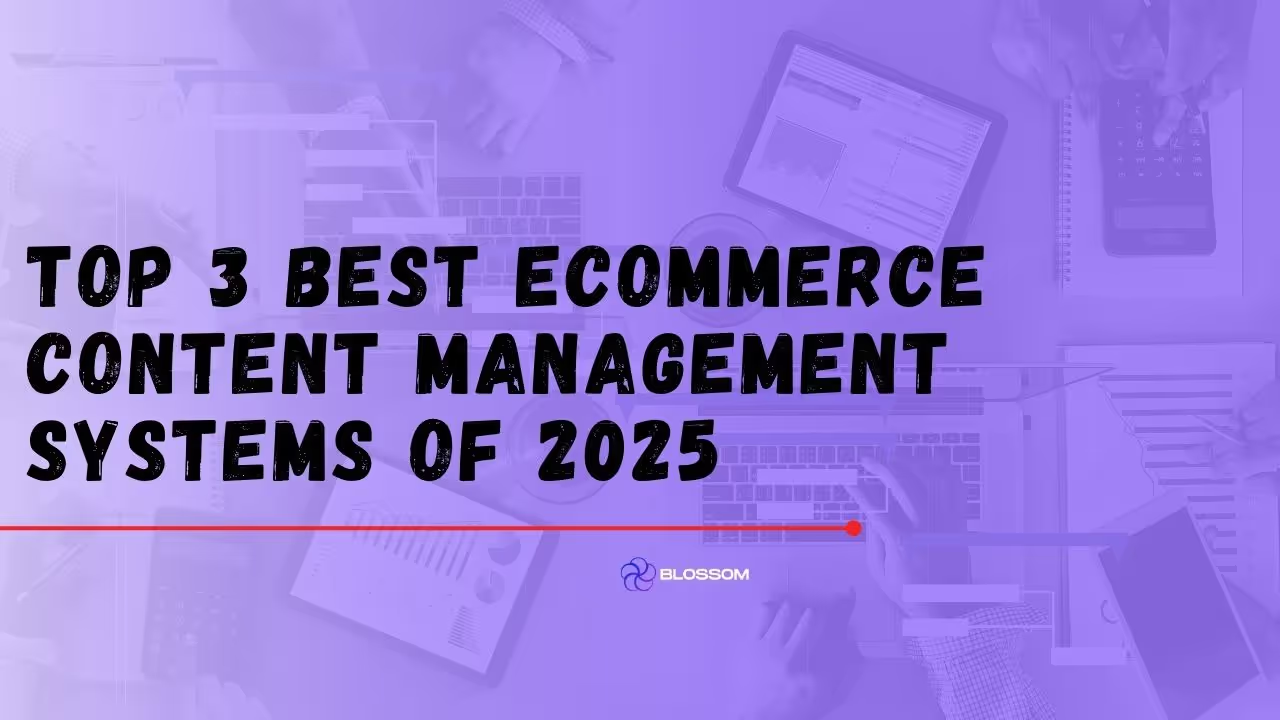
Top 3 Best eCommerce Content Management Systems of 2025




Not Sure Where to Start?
Let's find the biggest retention opportunities in your business. Get a free Klaviyo audit or retention consultation.



